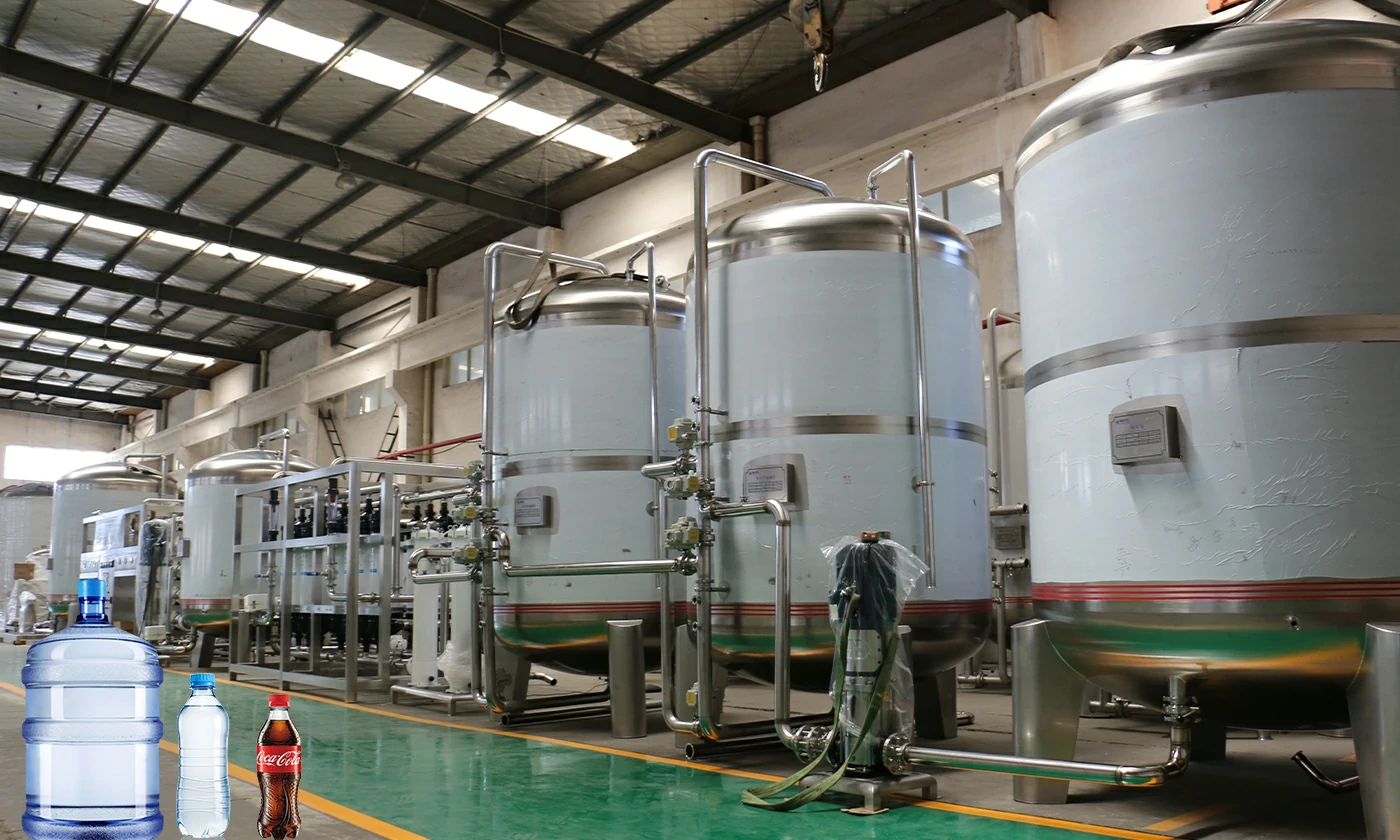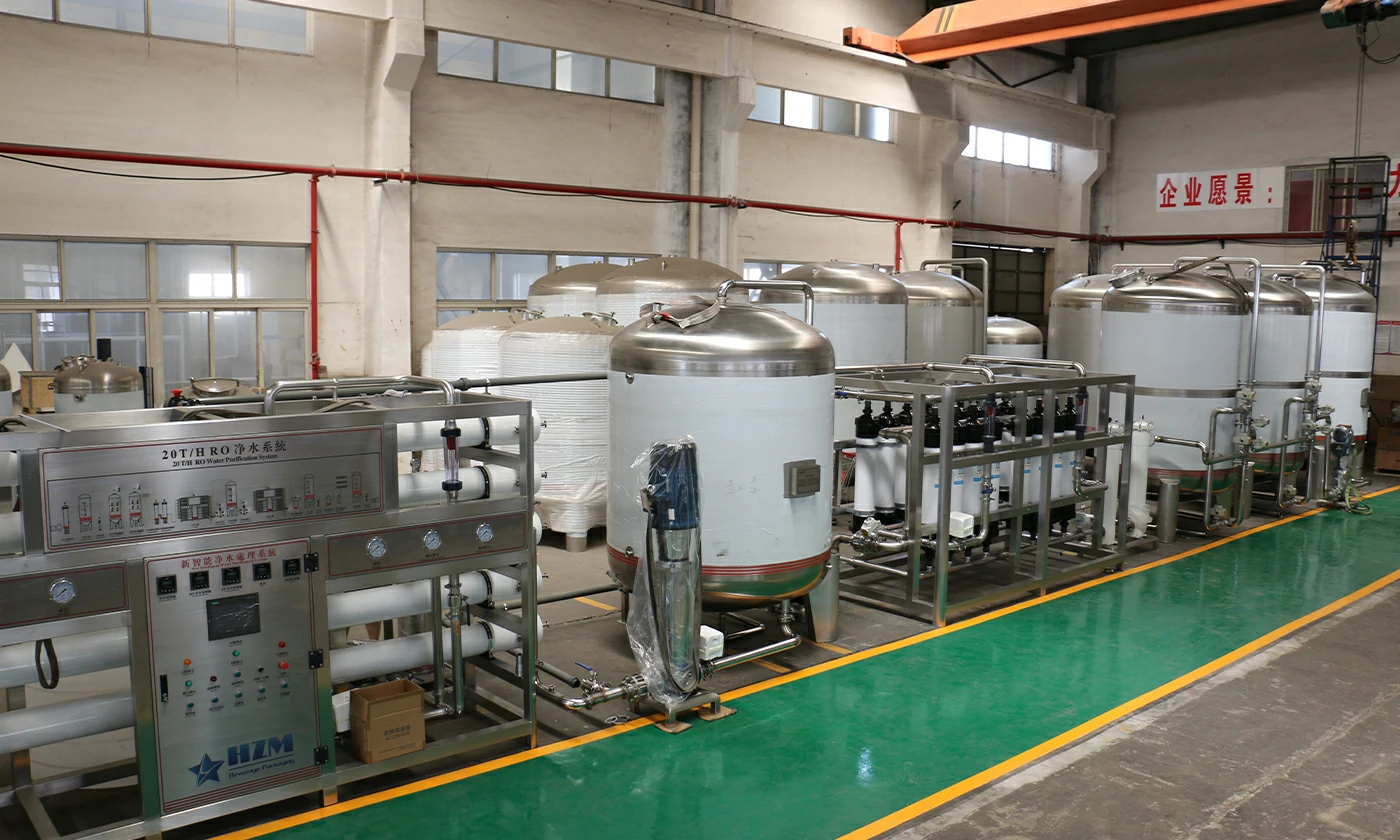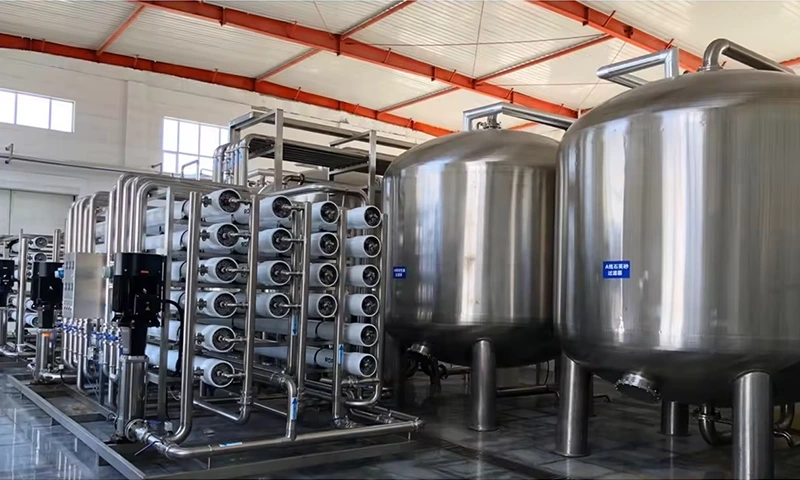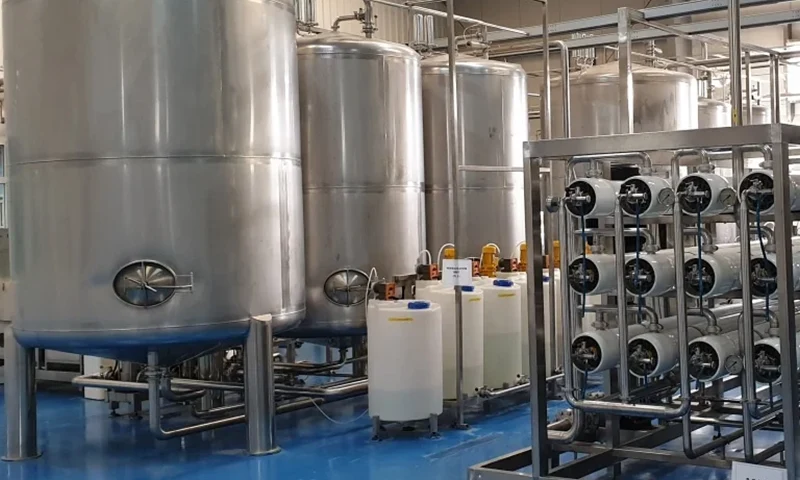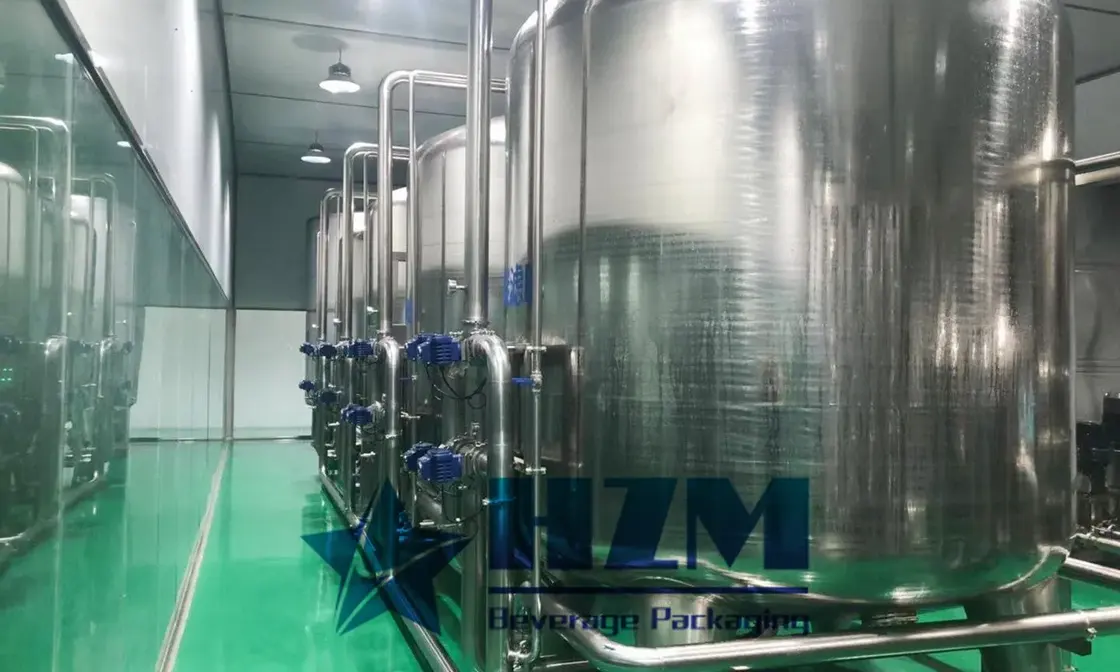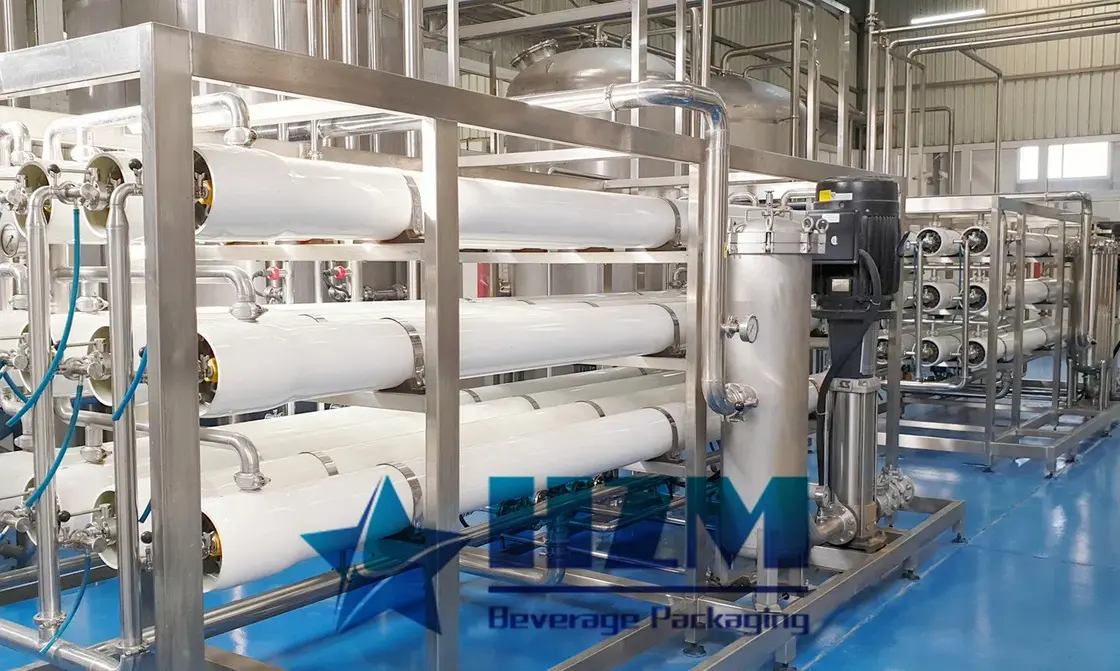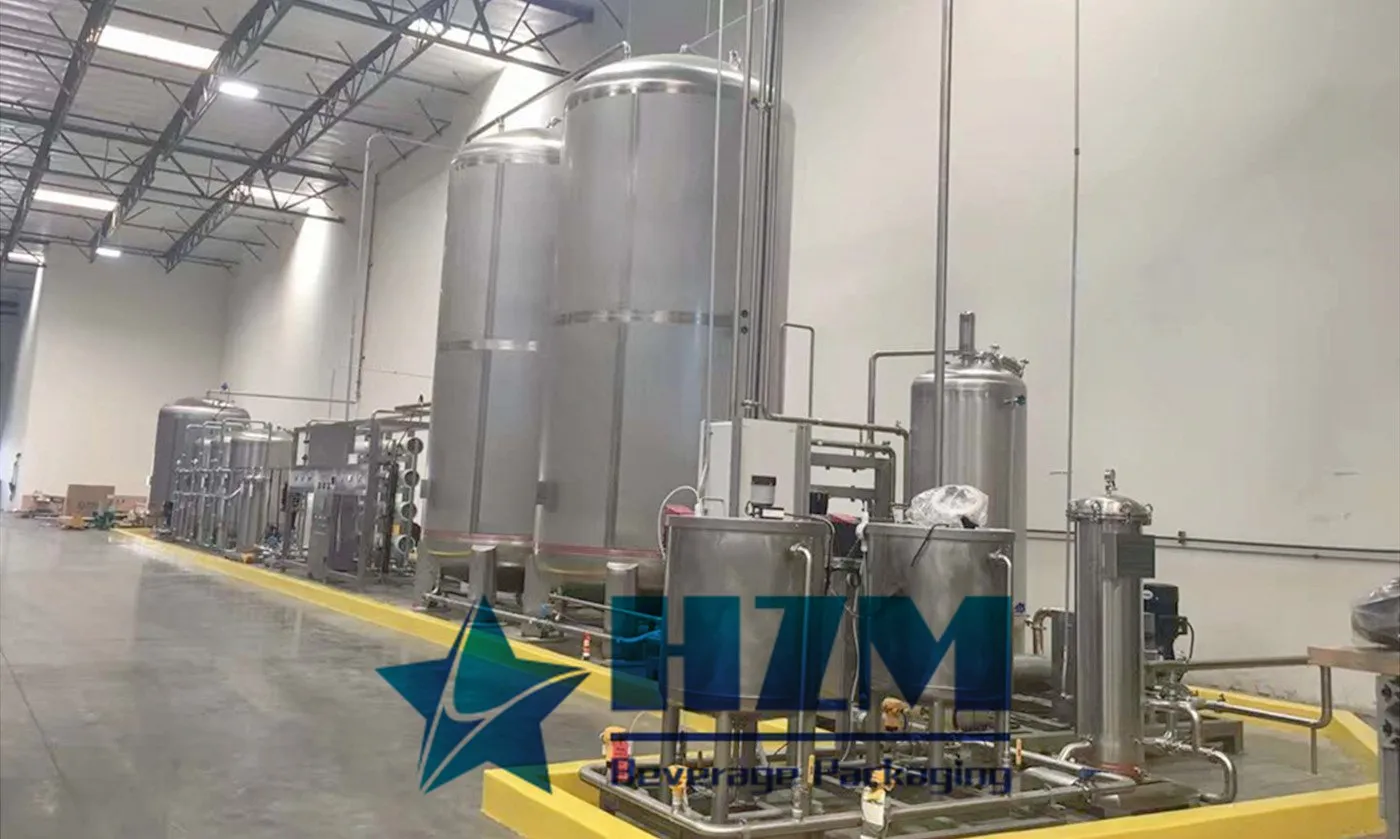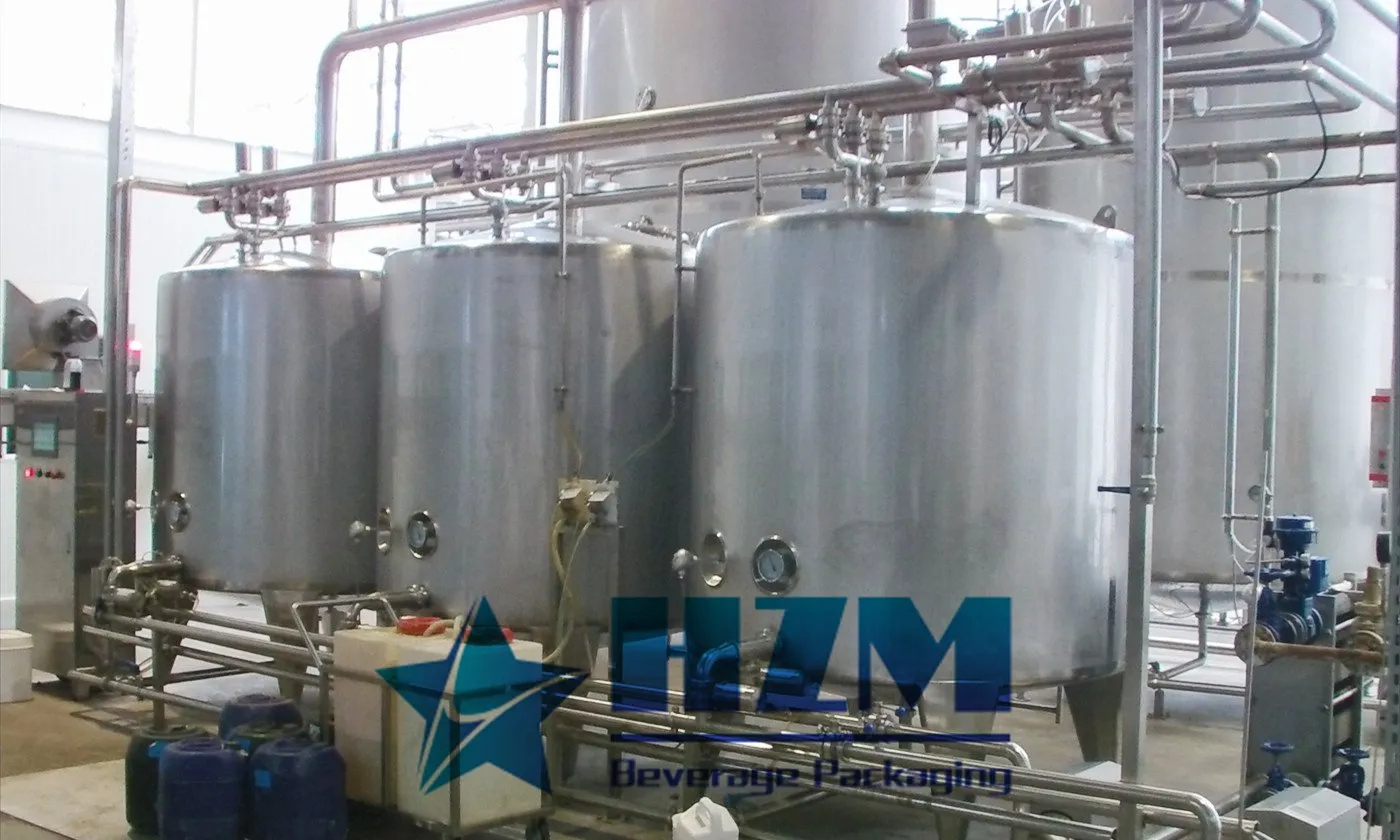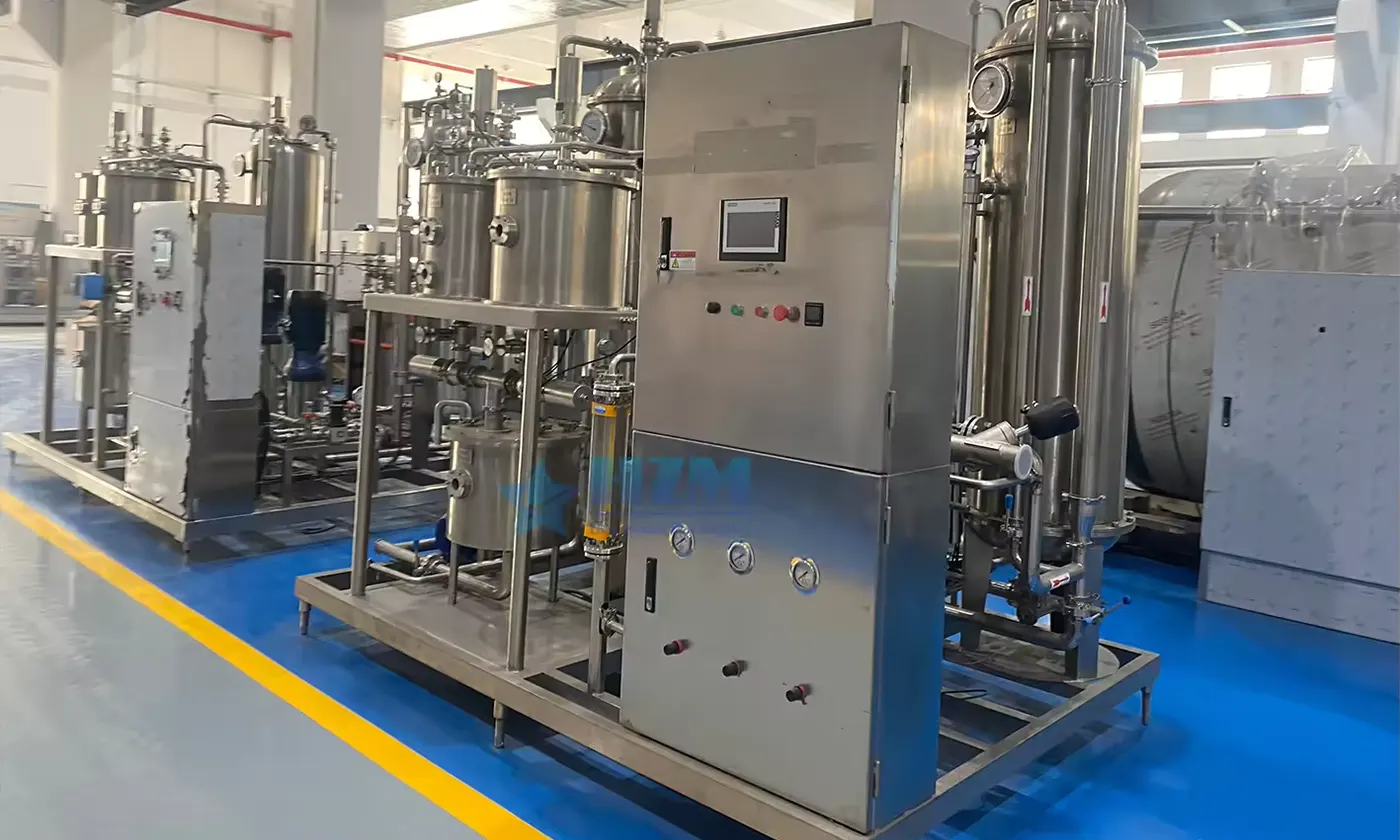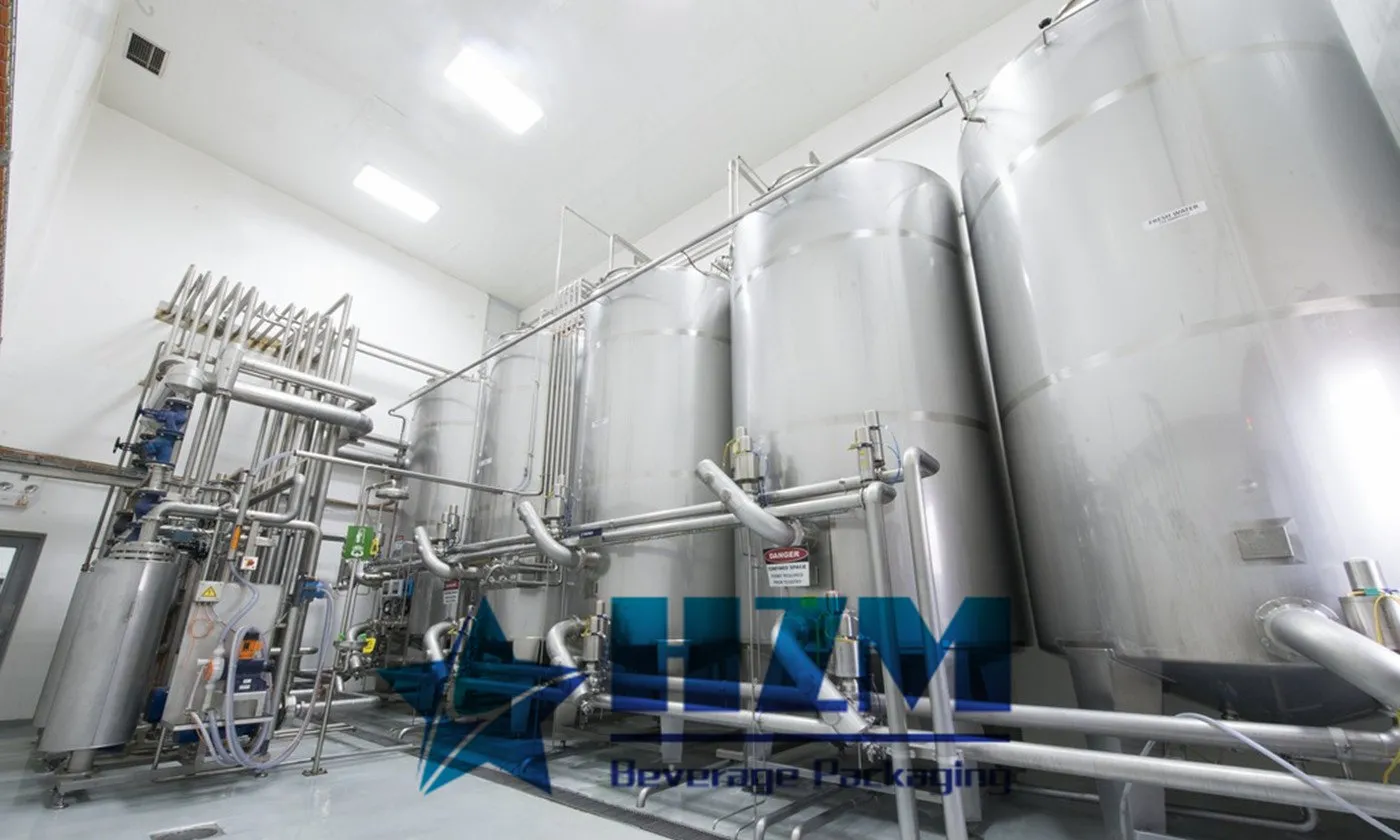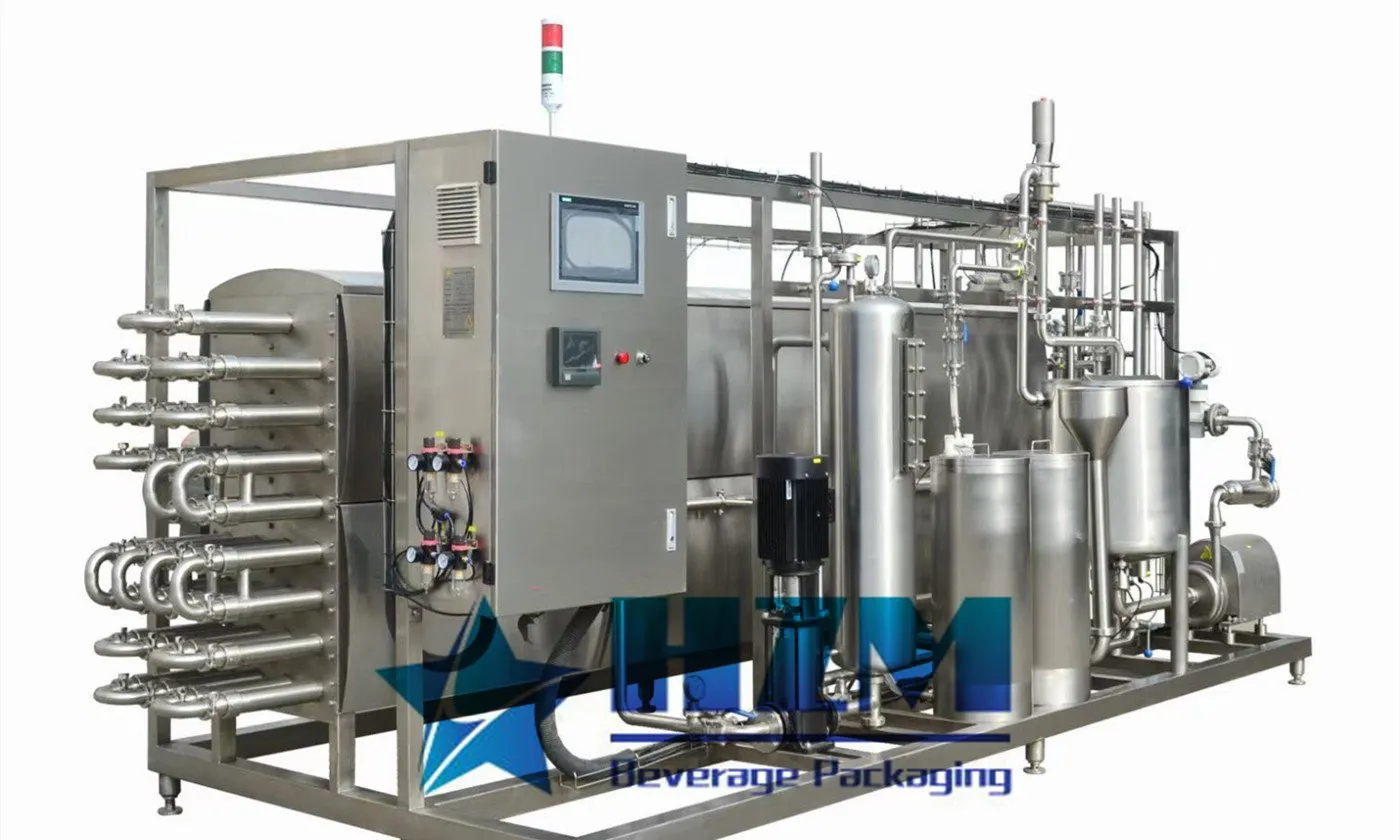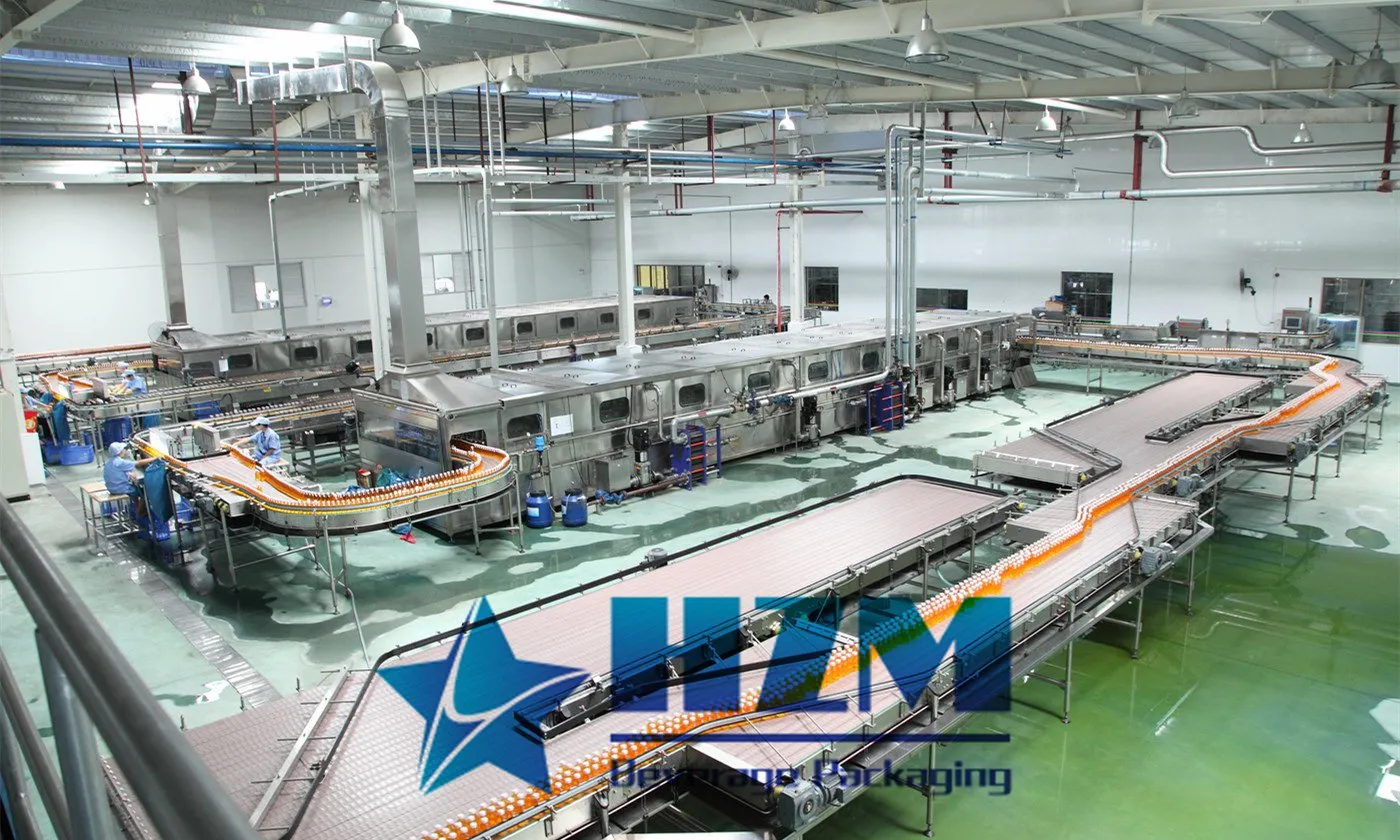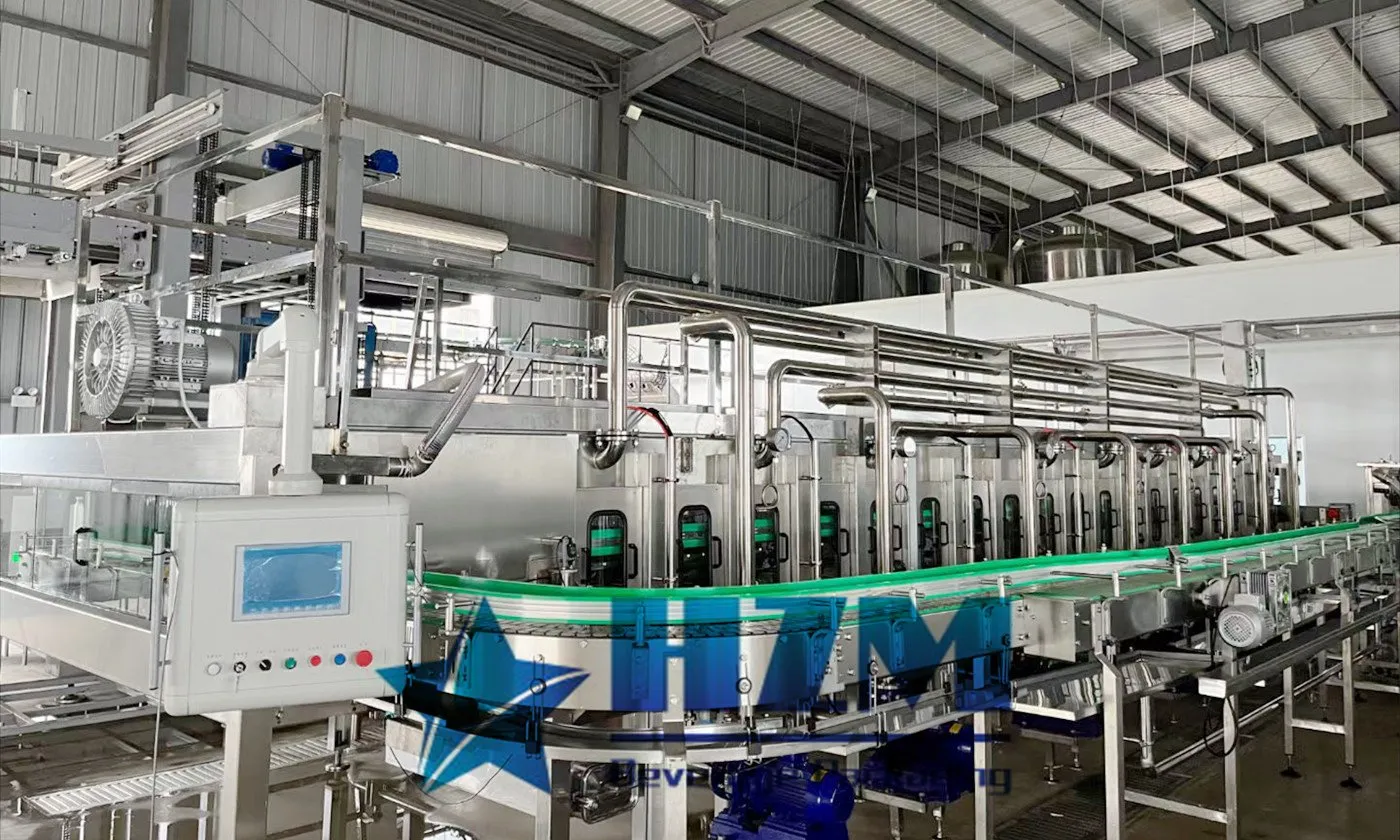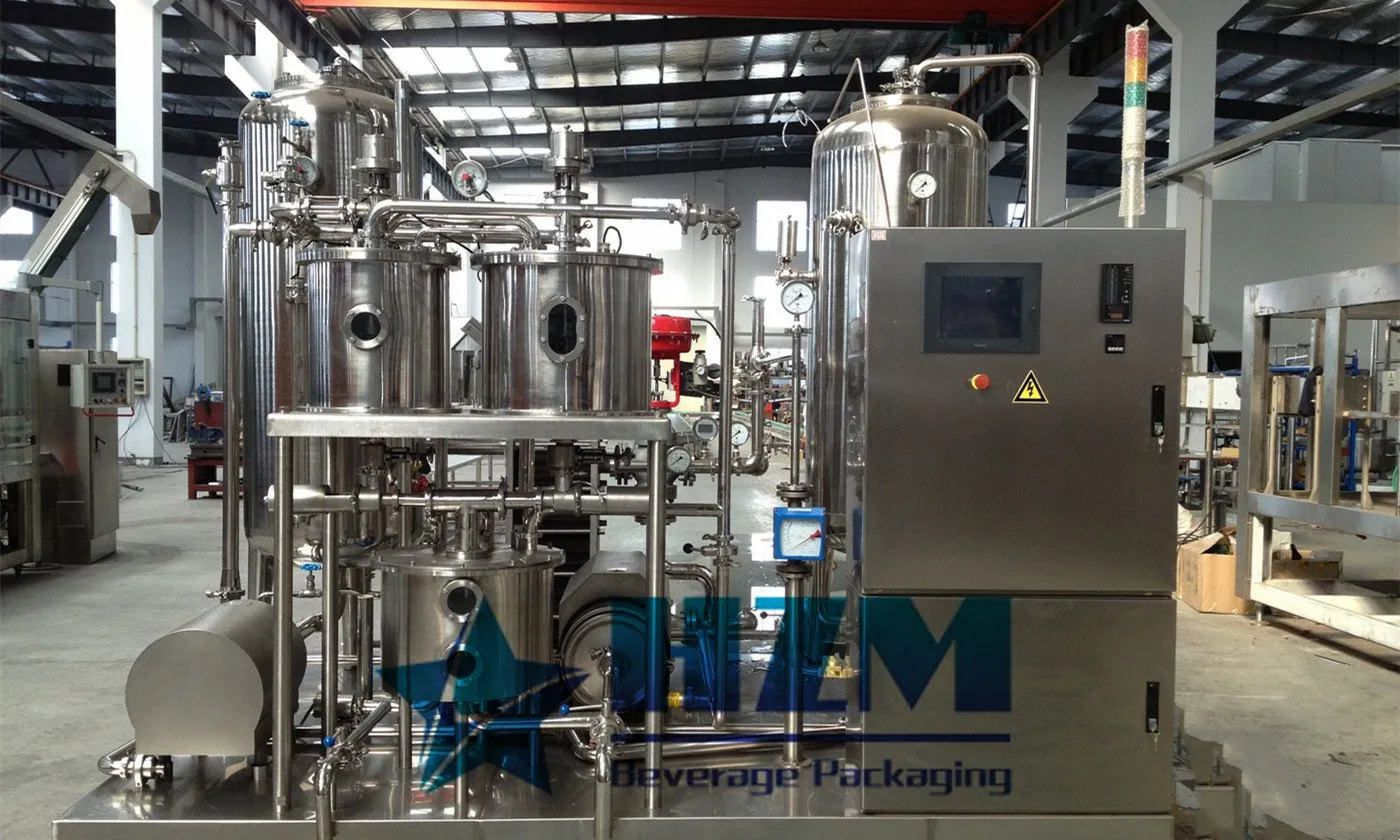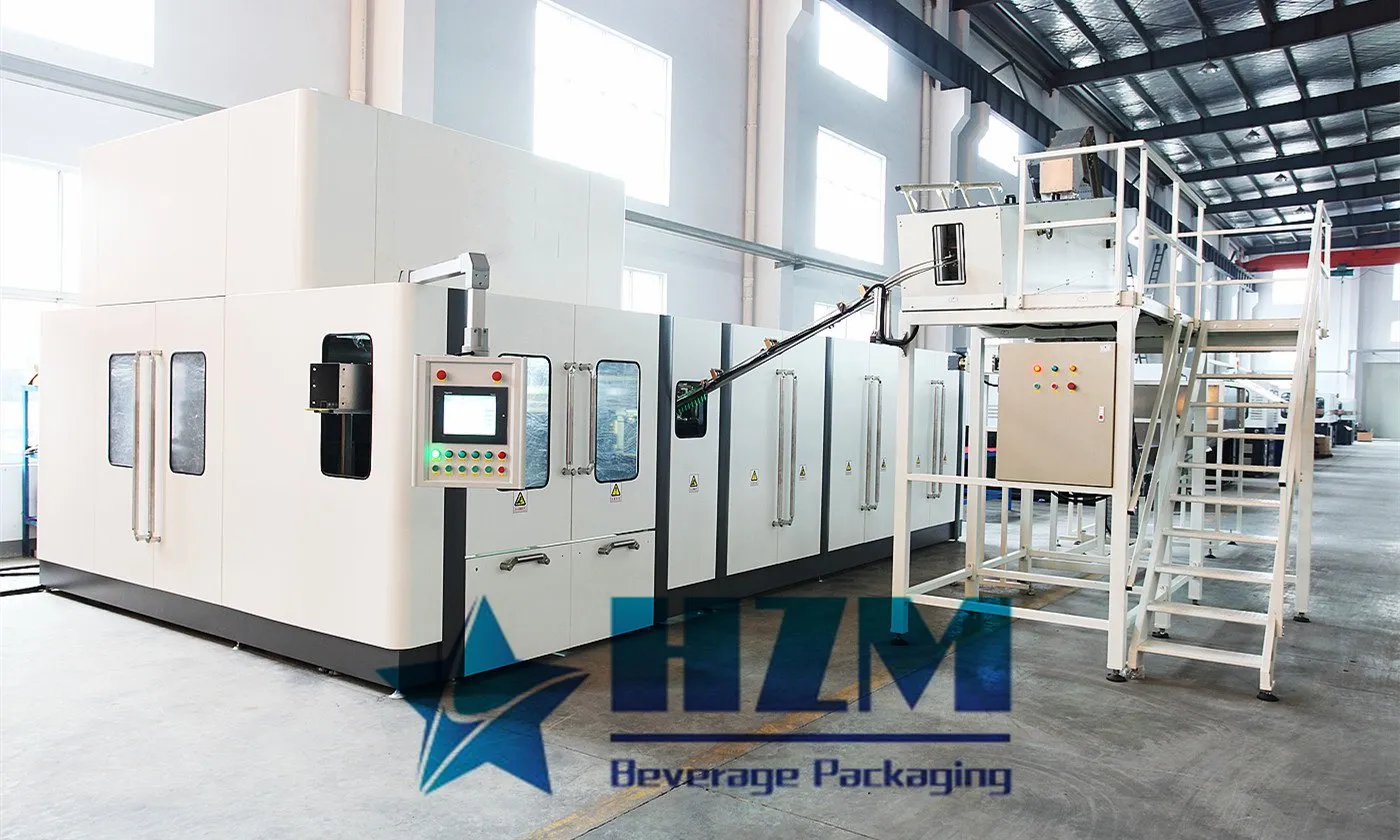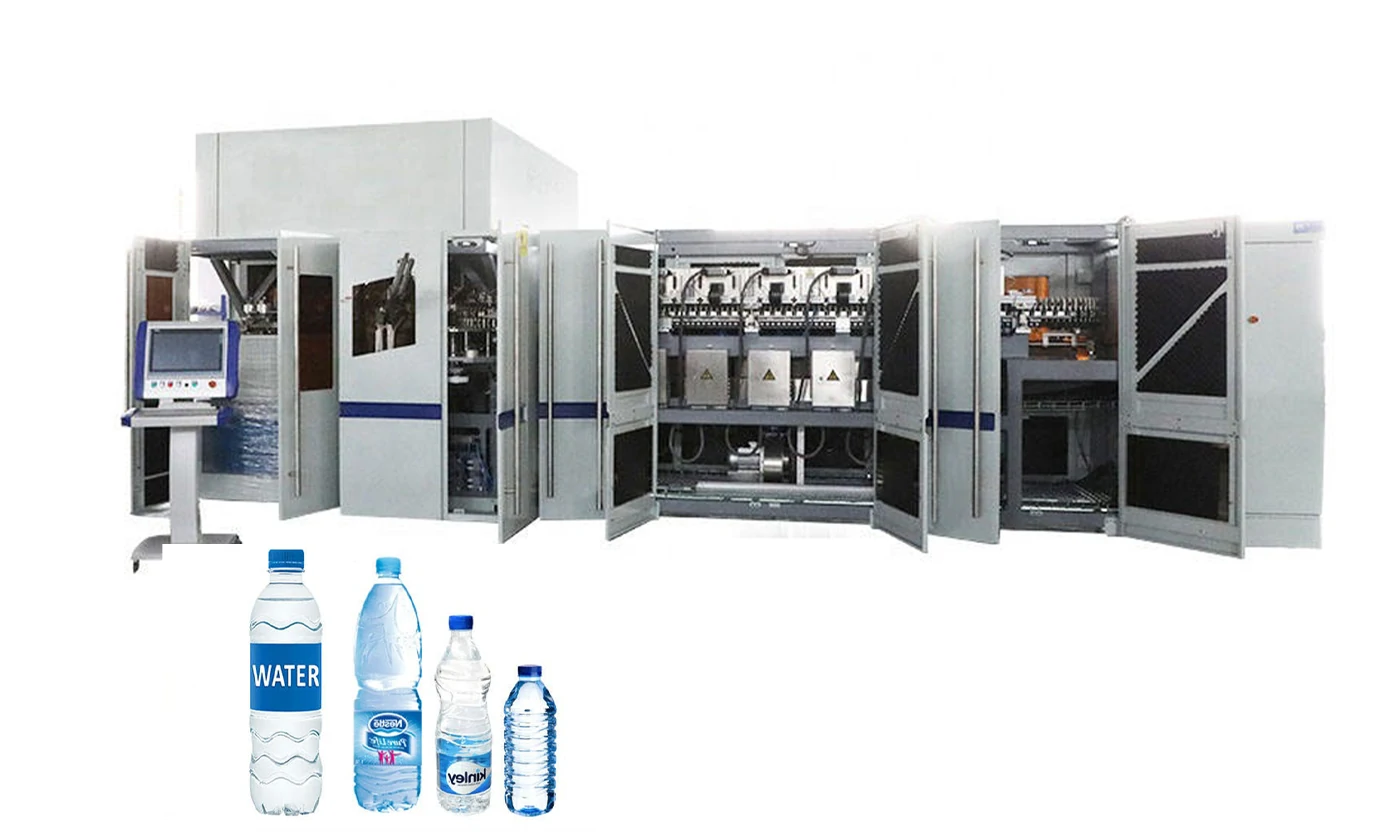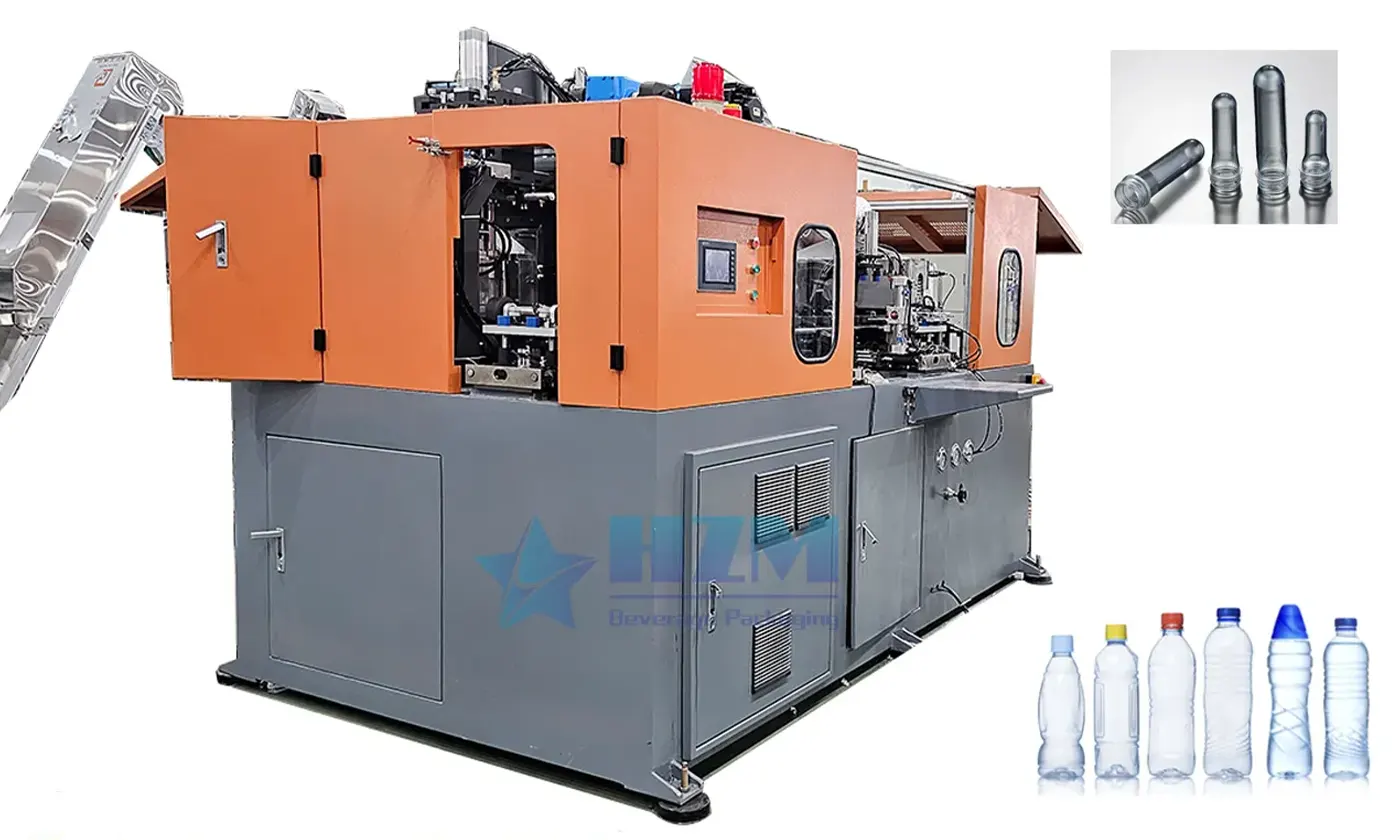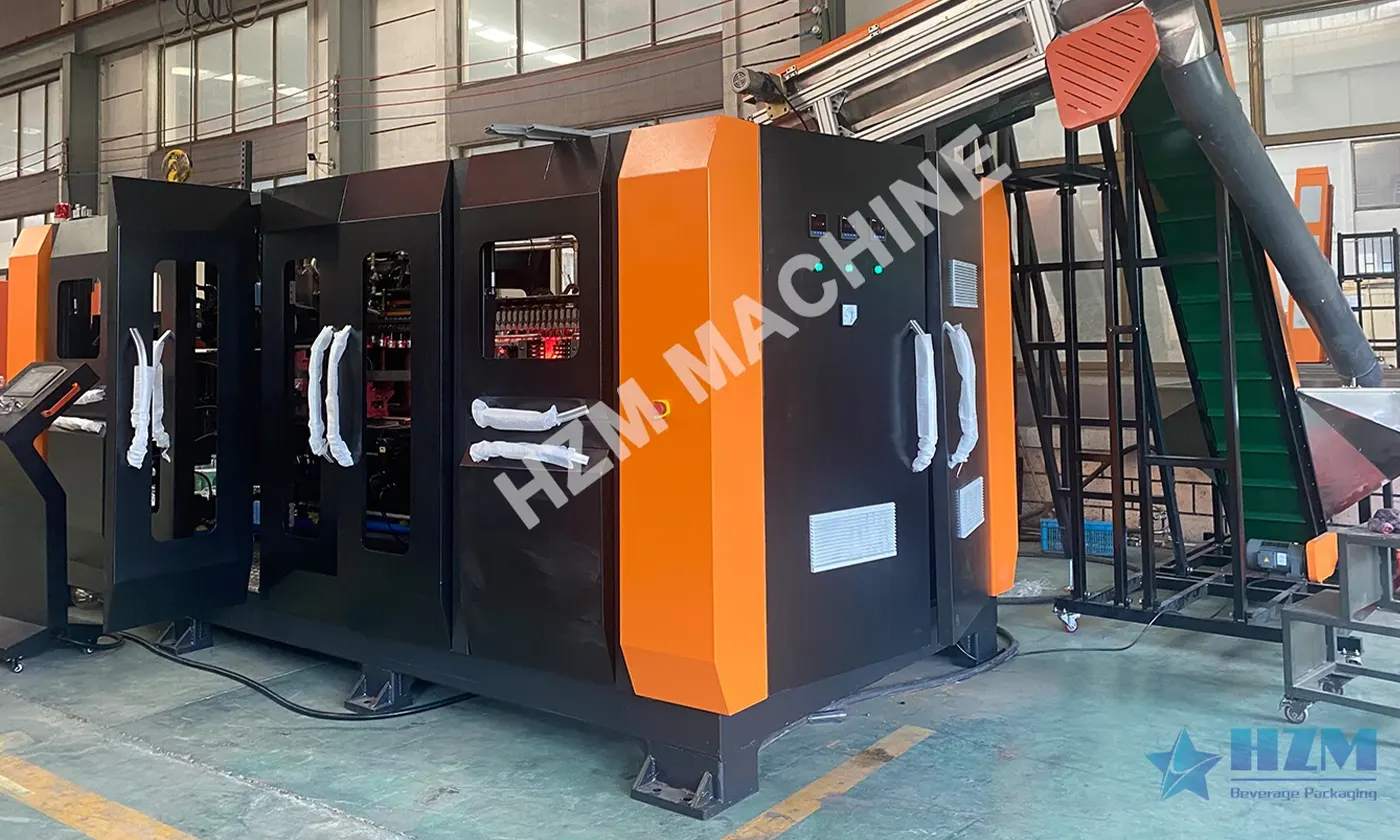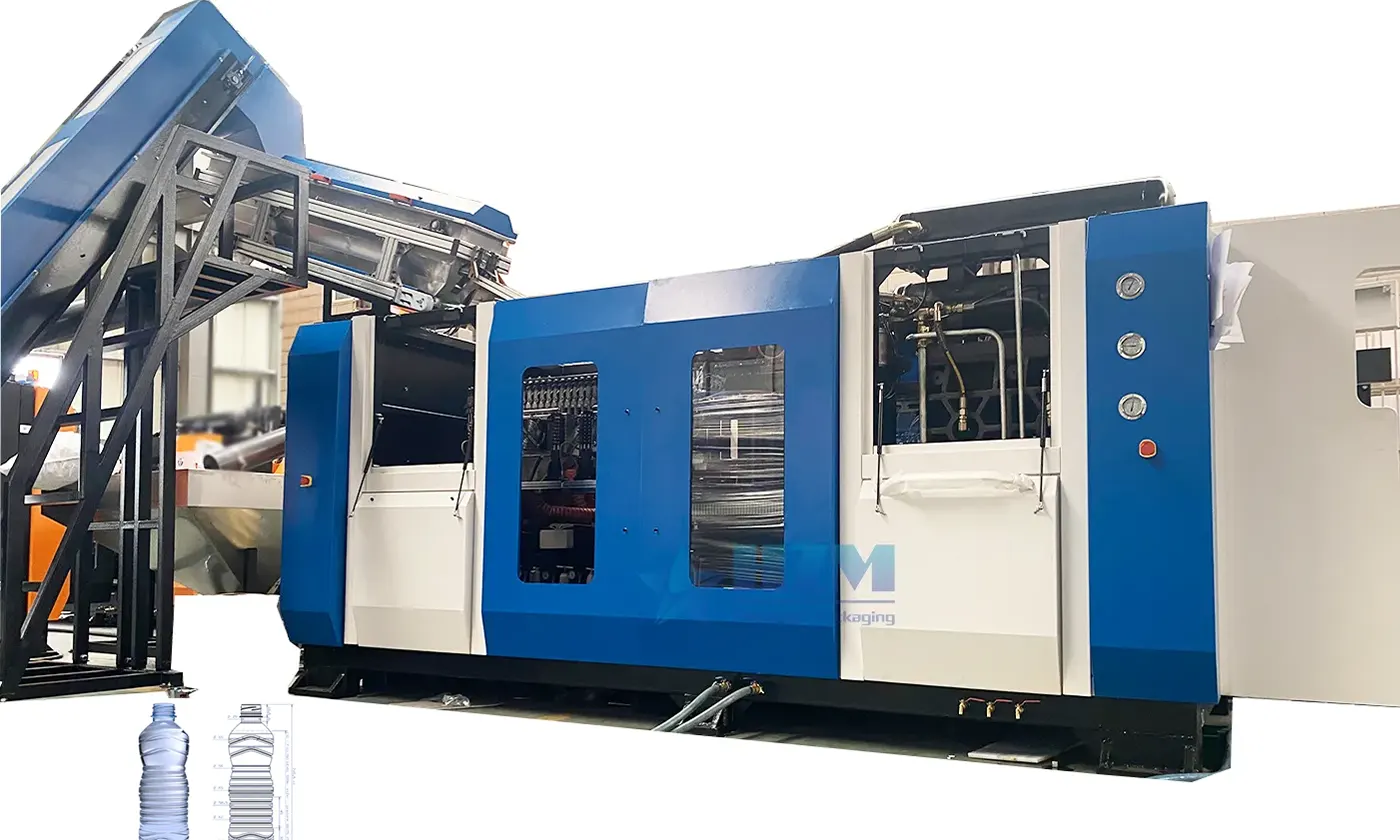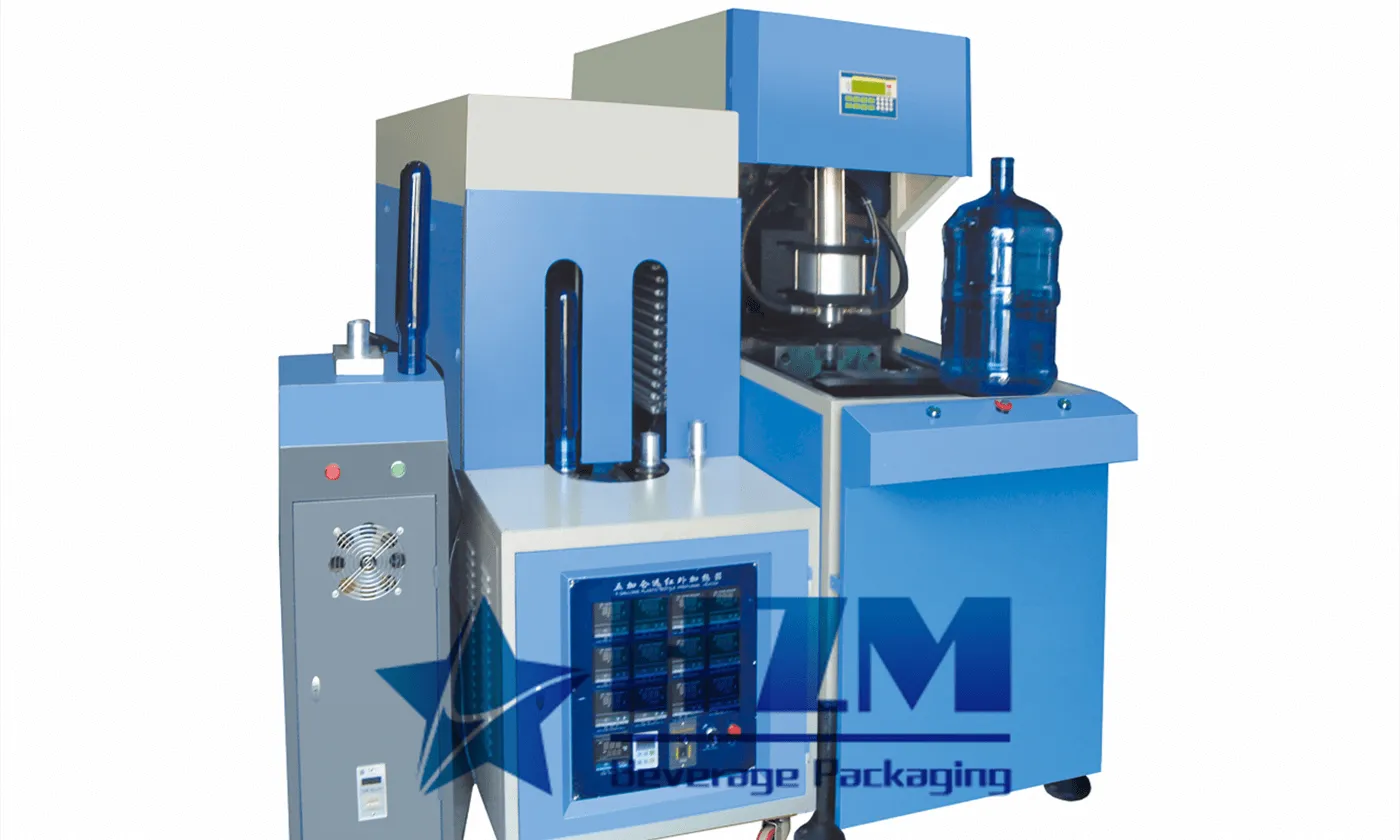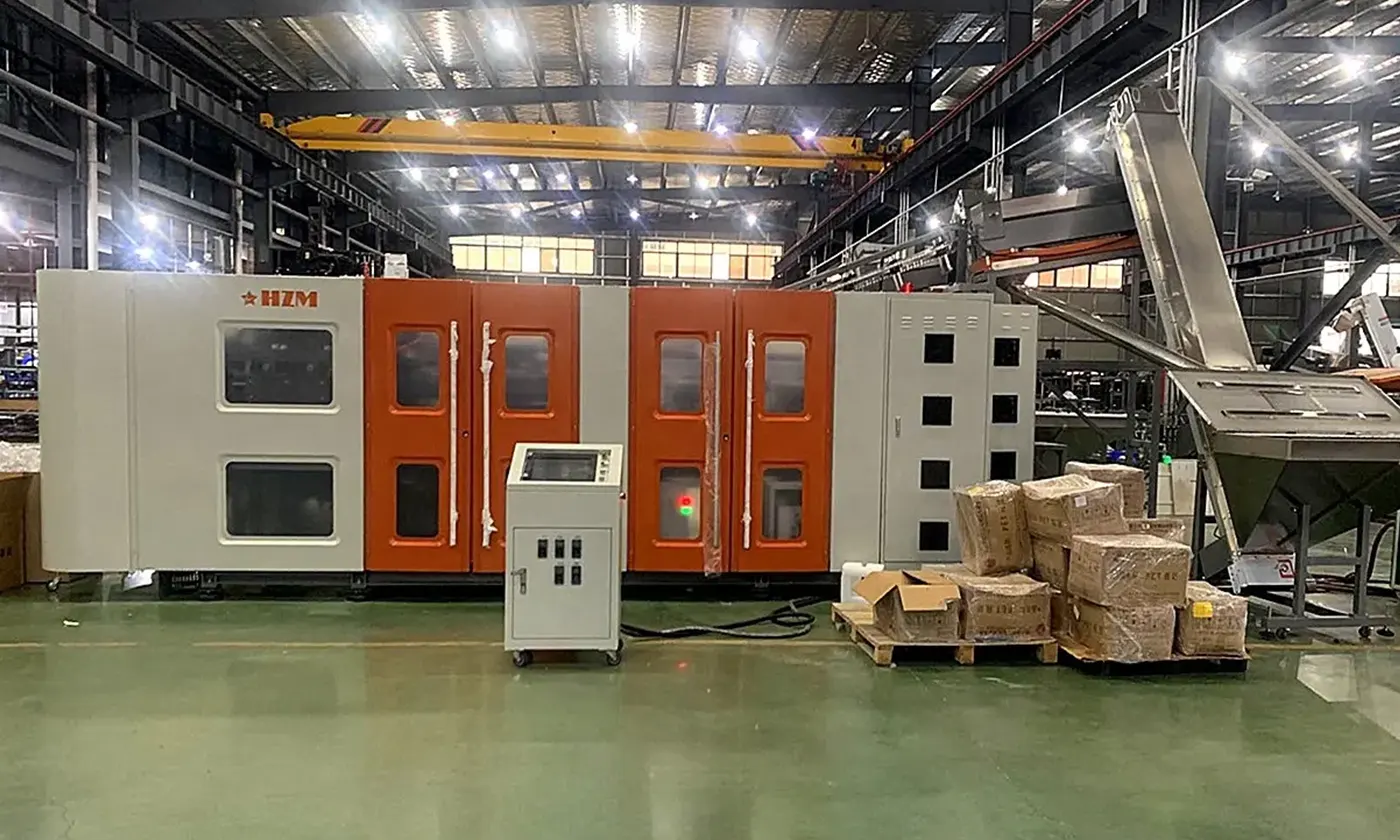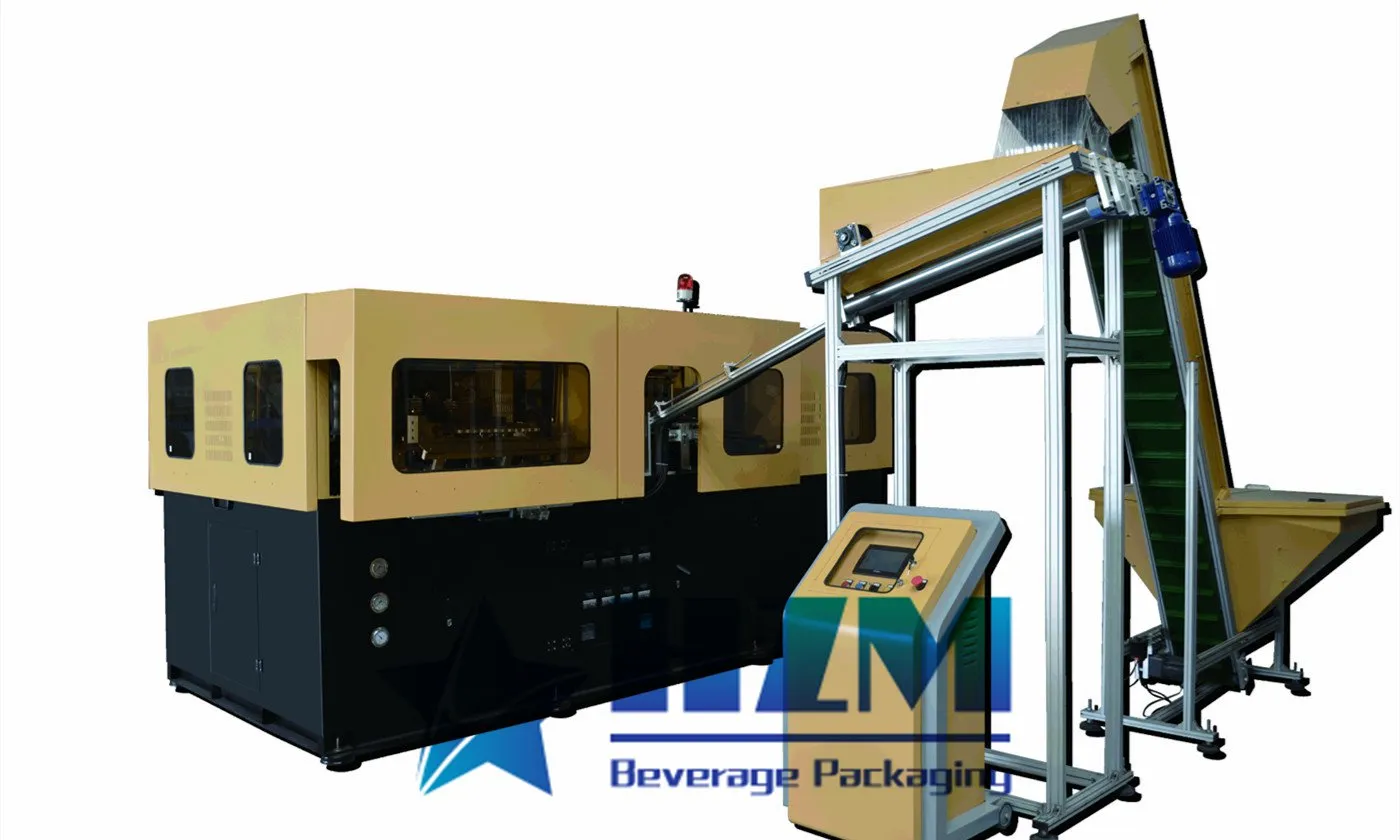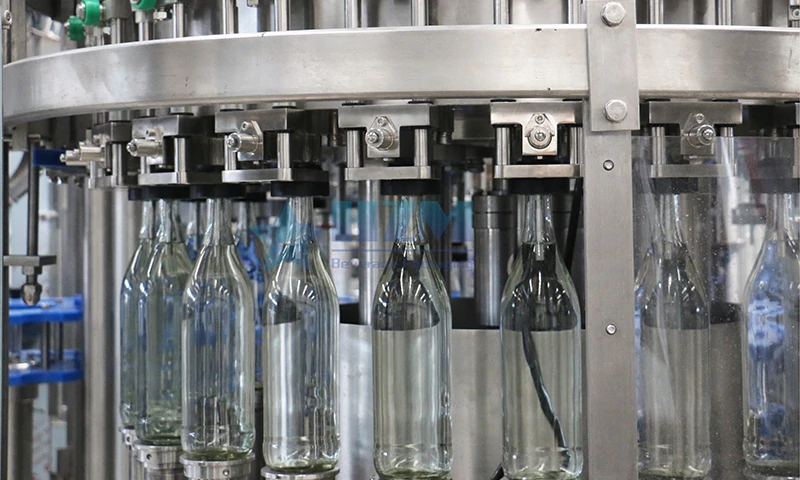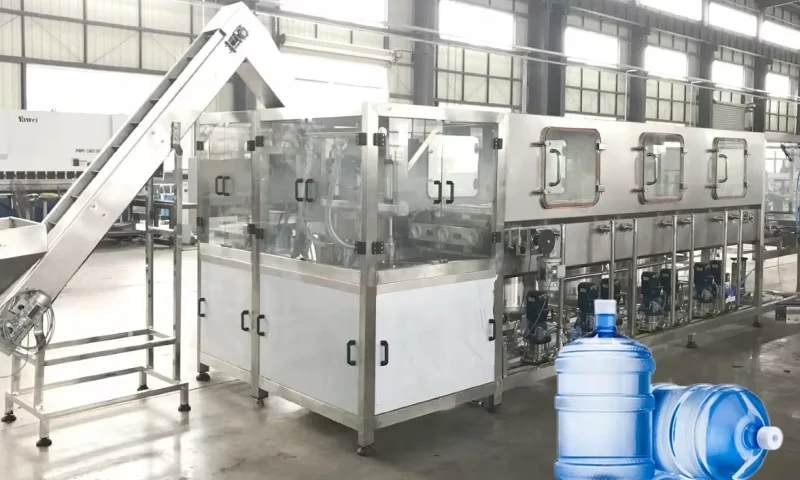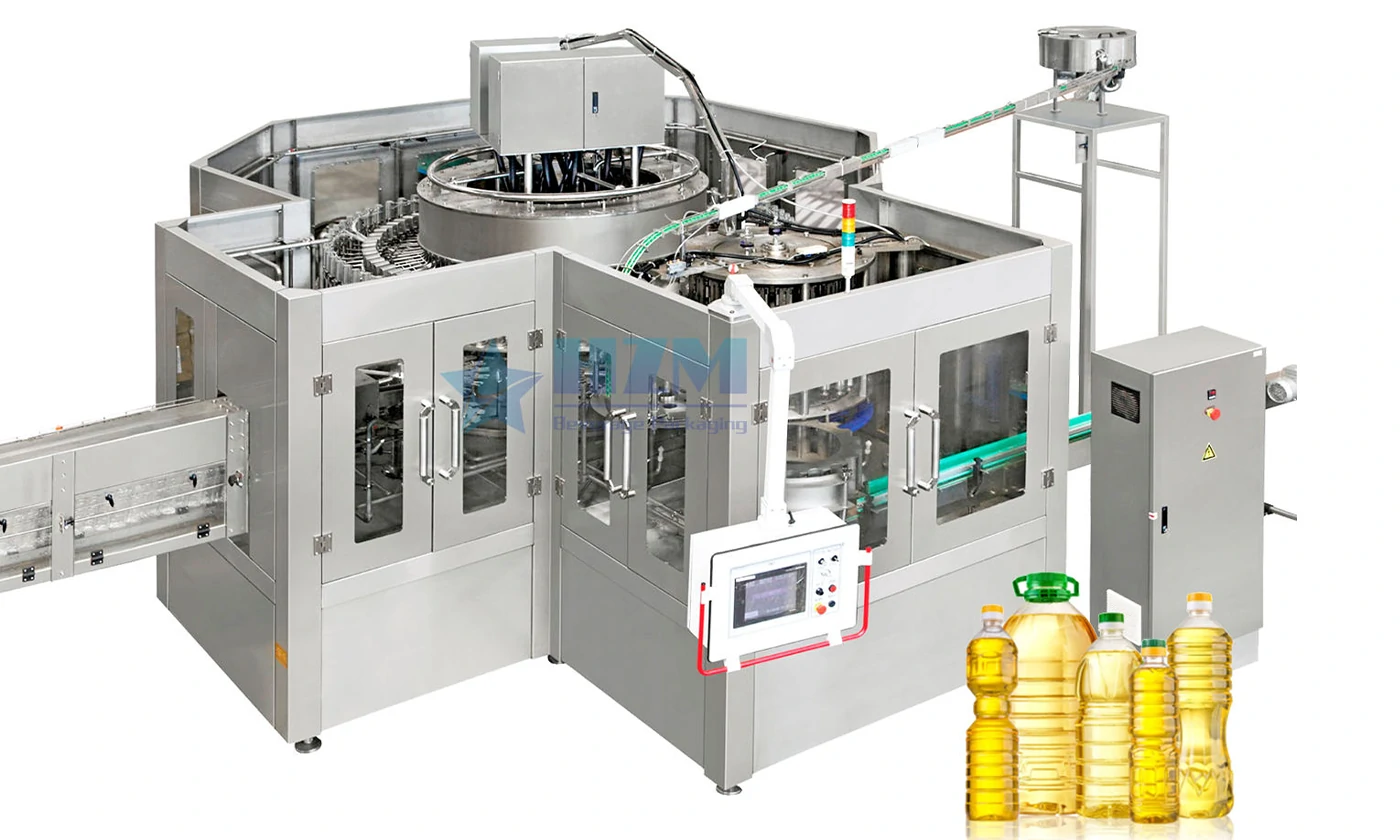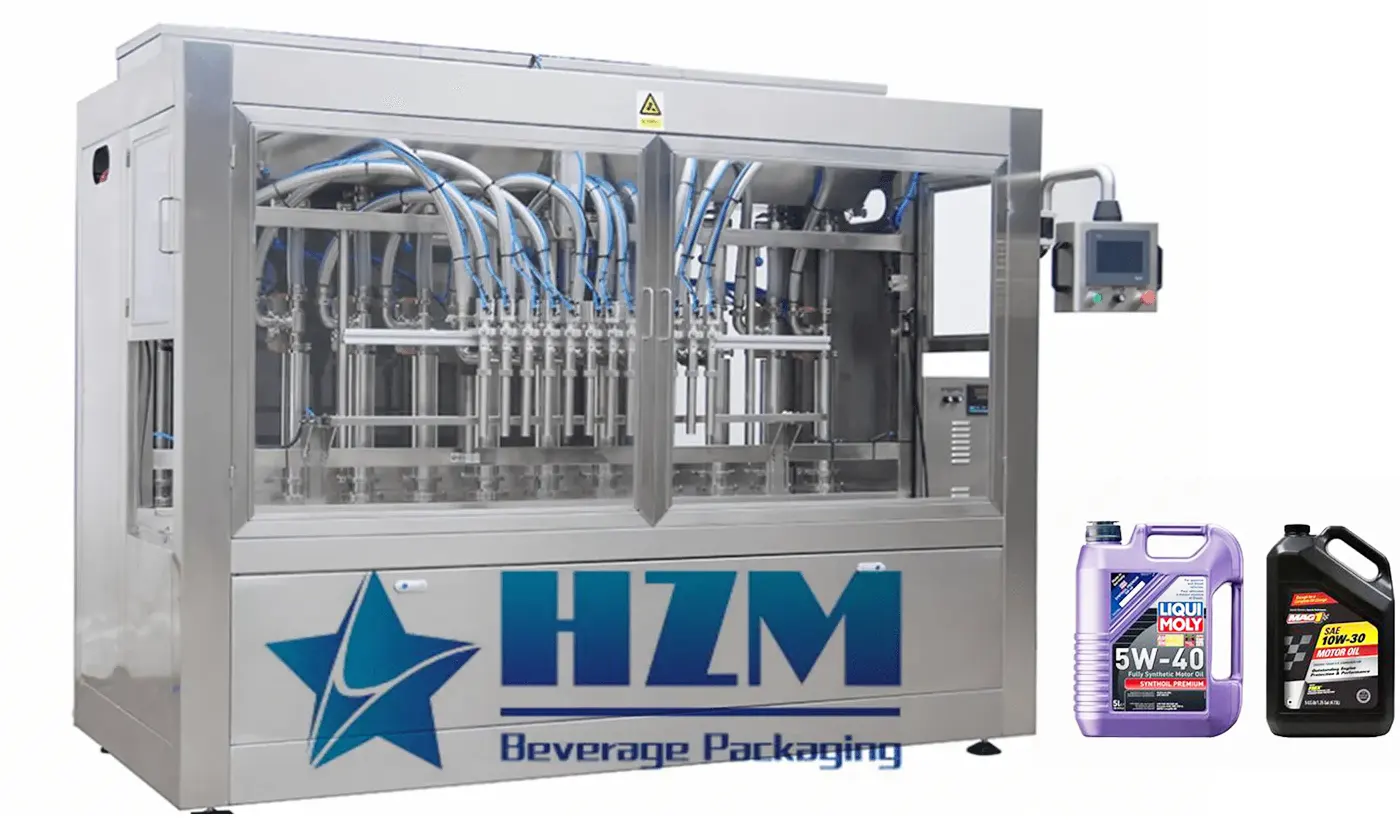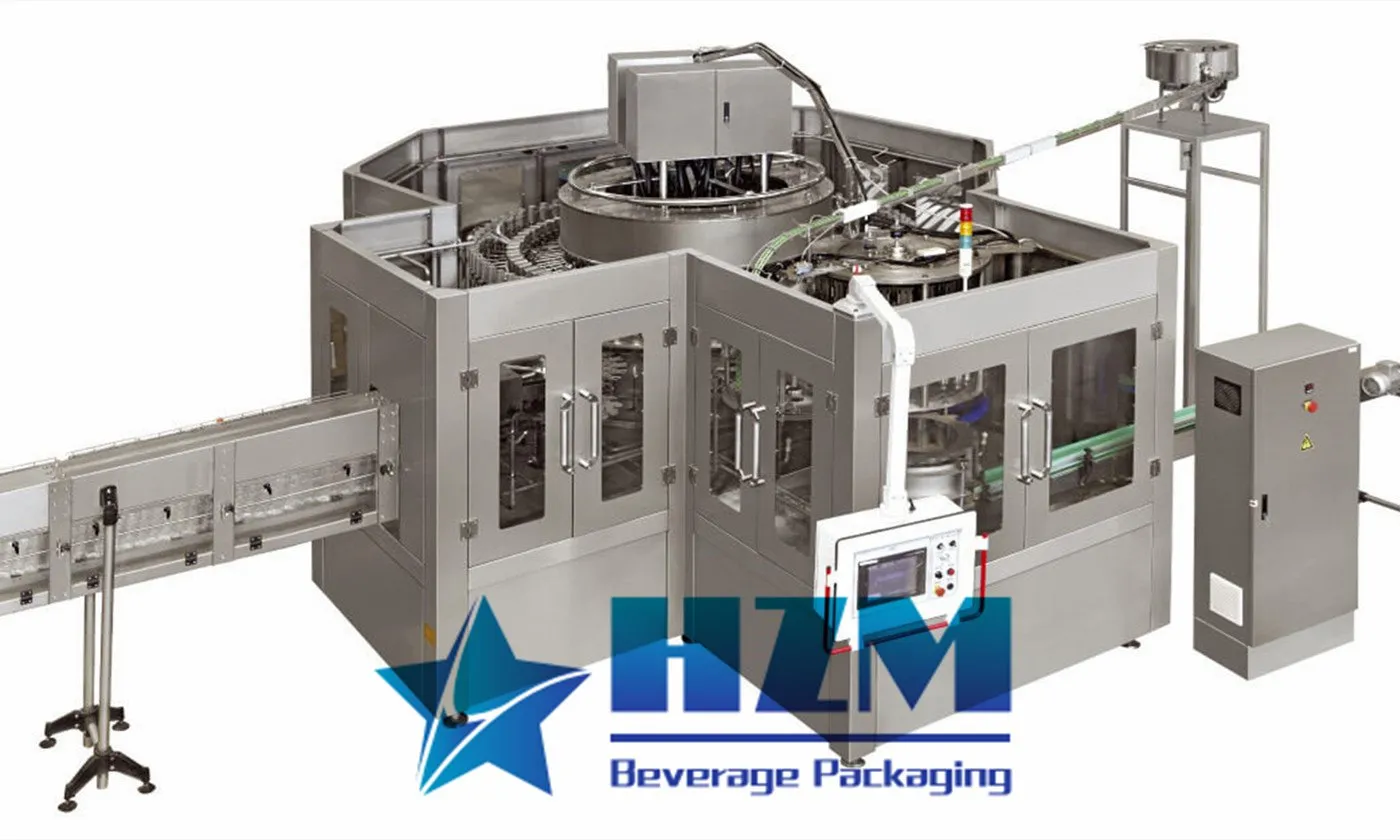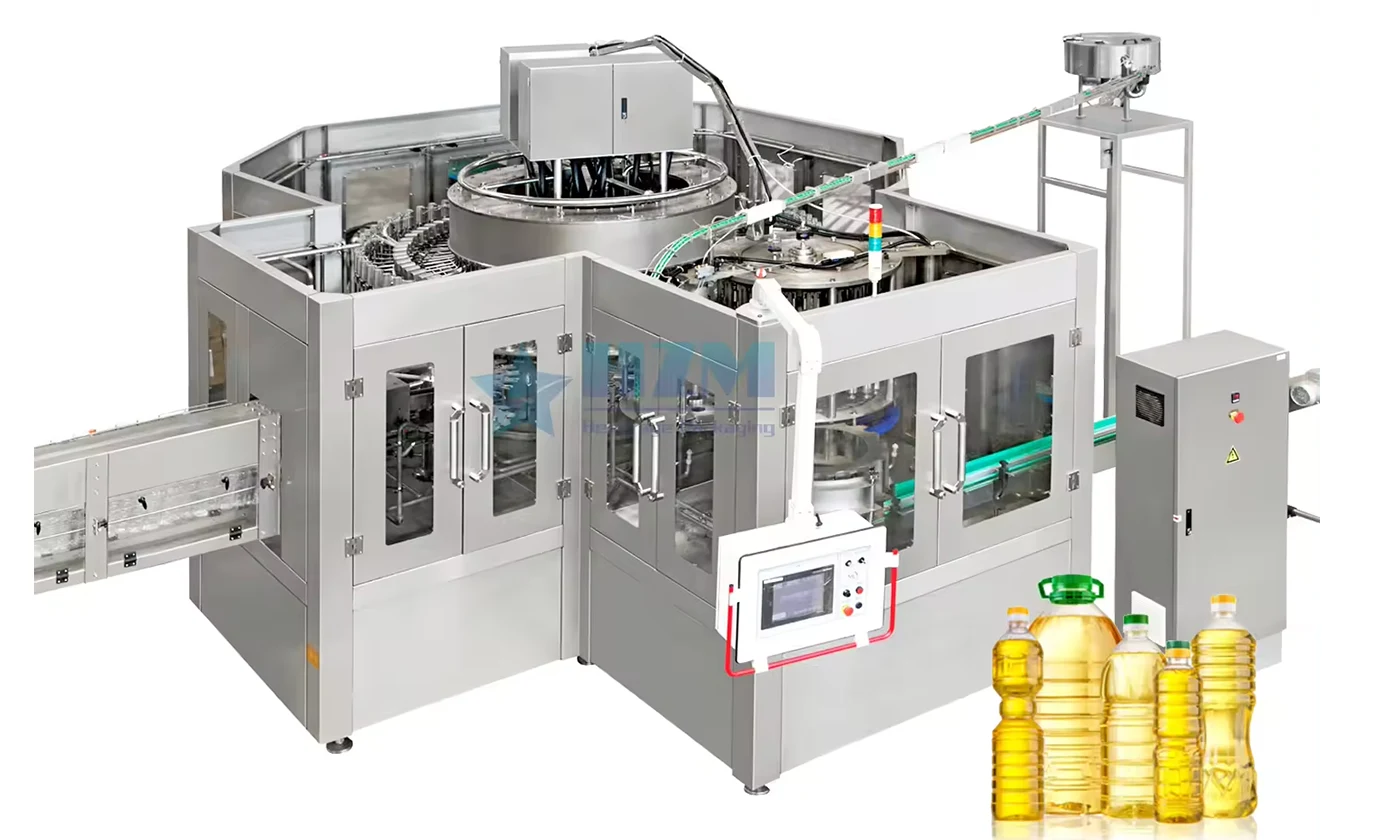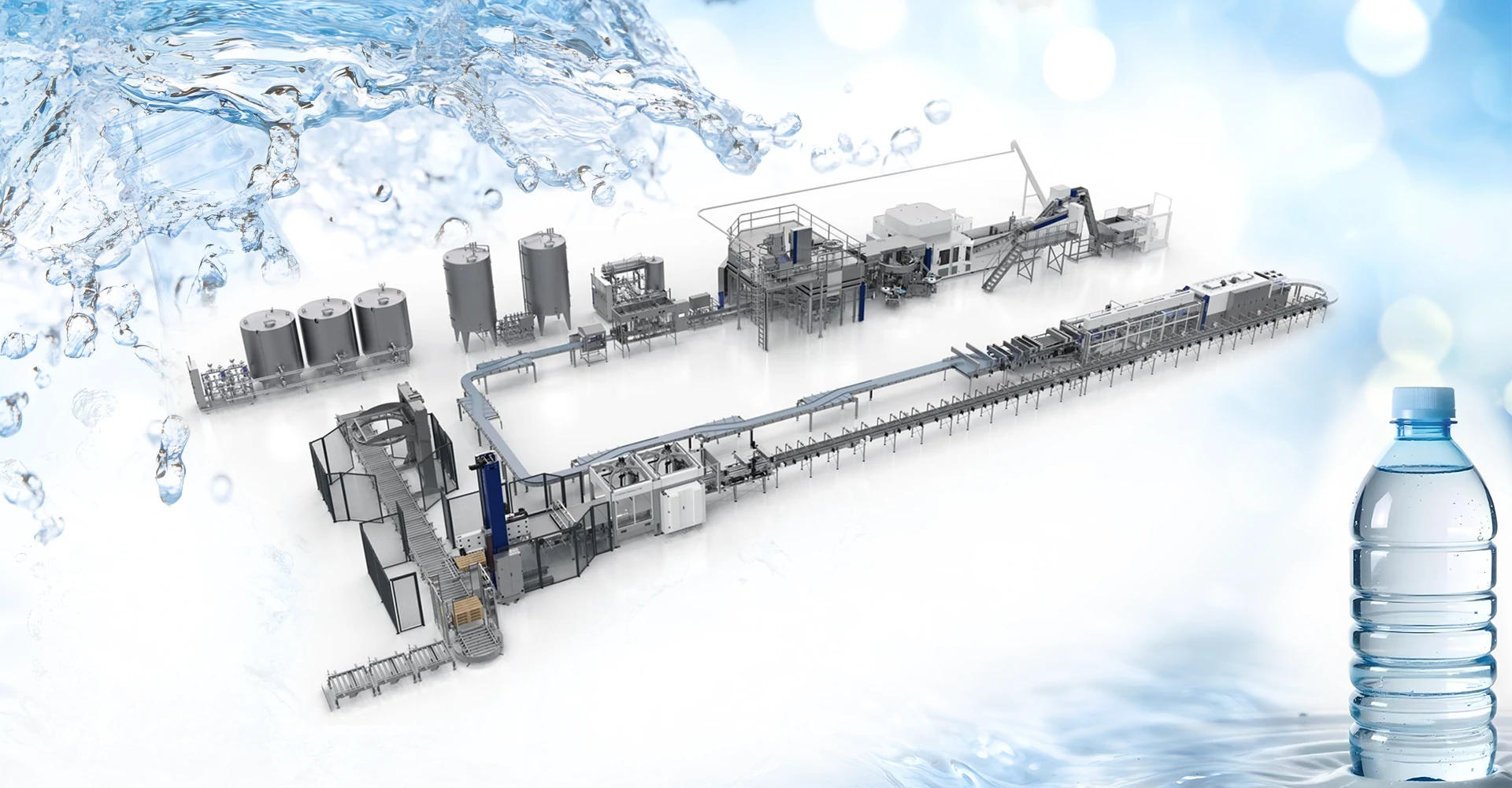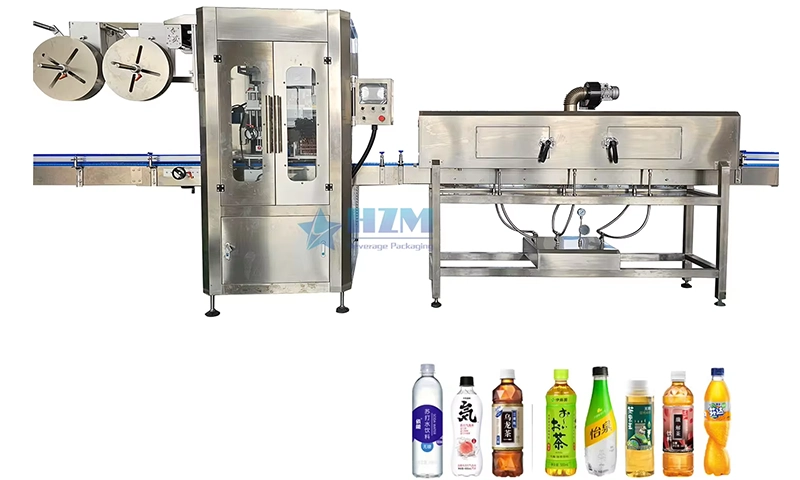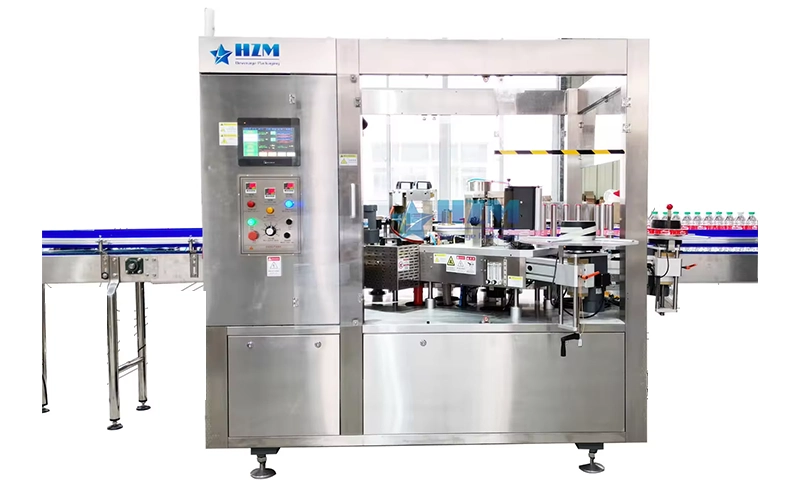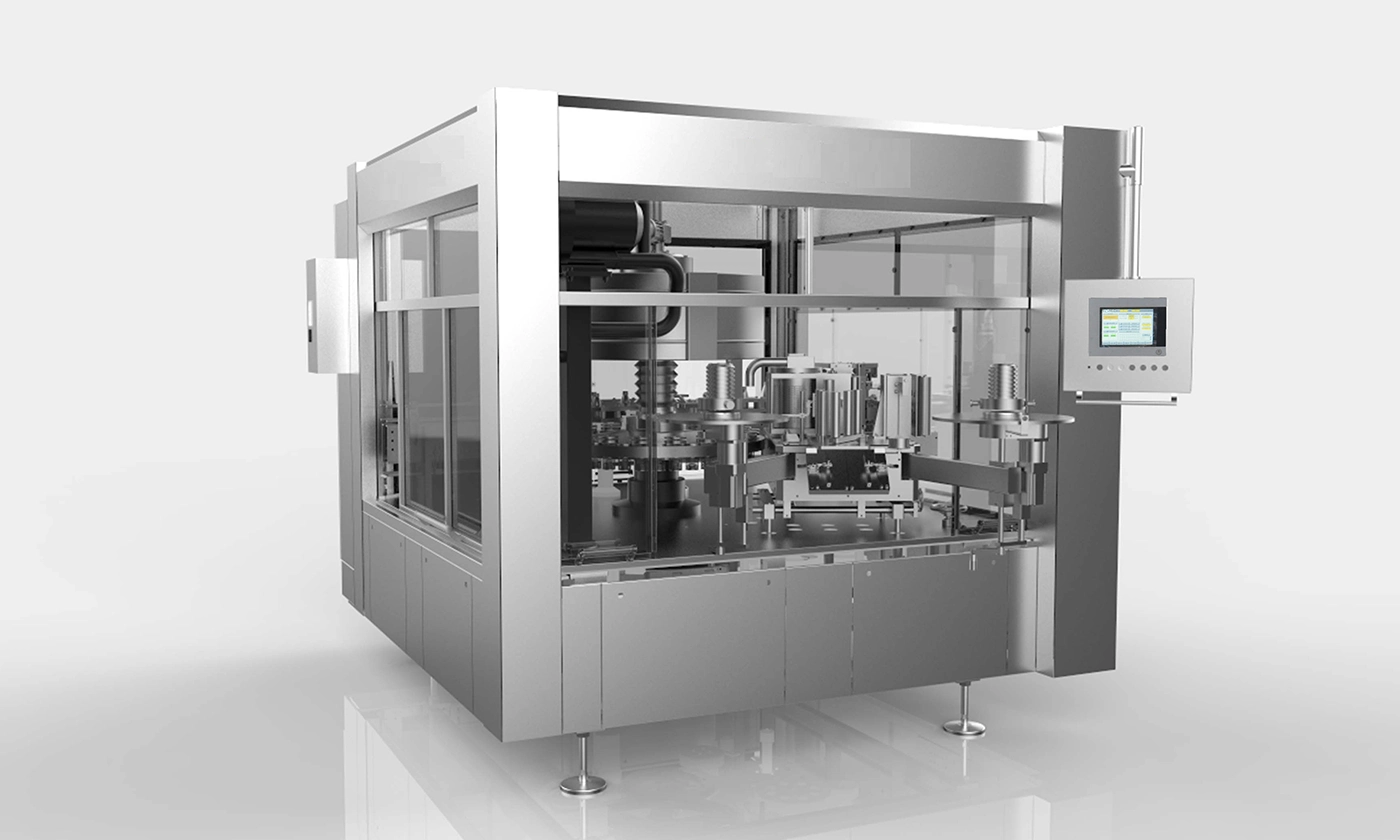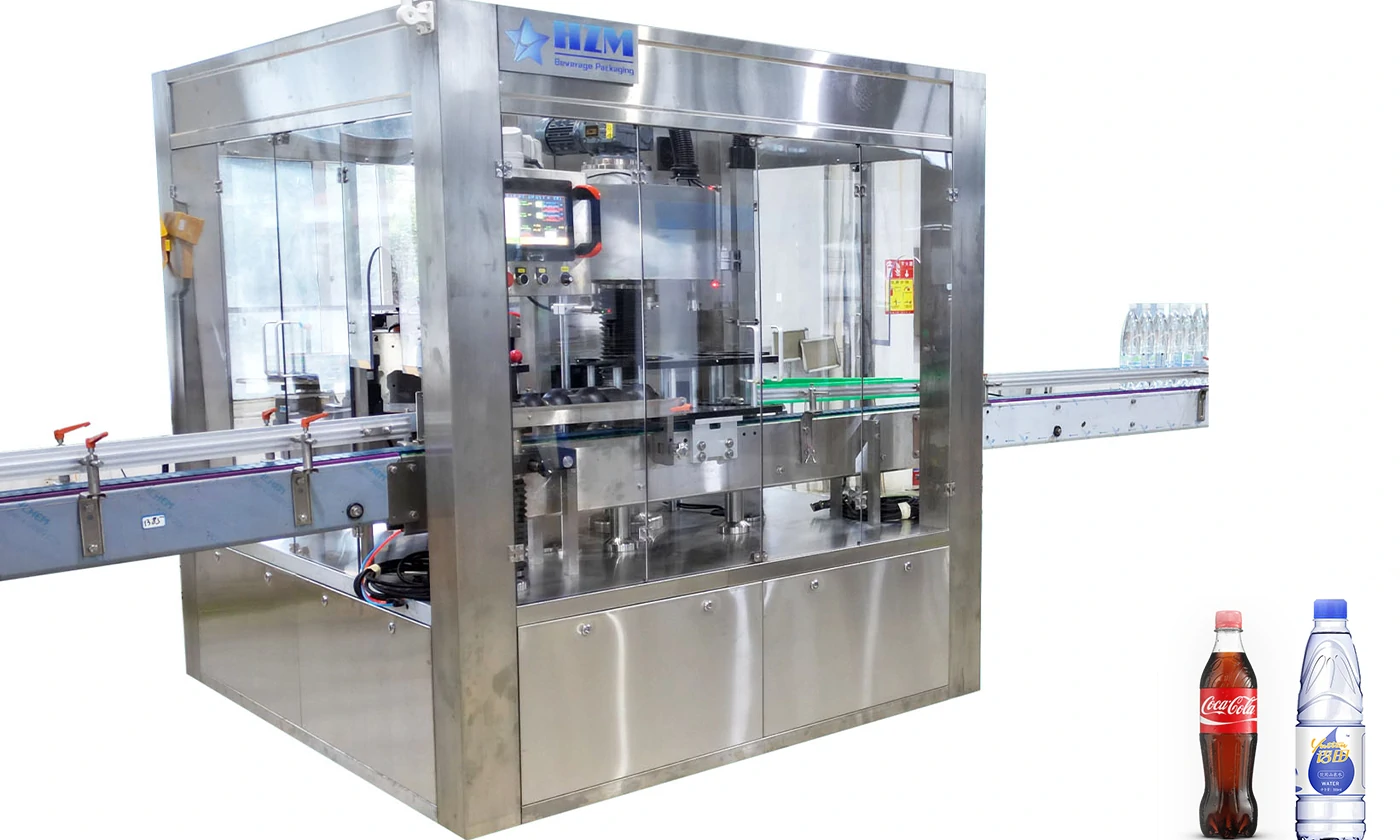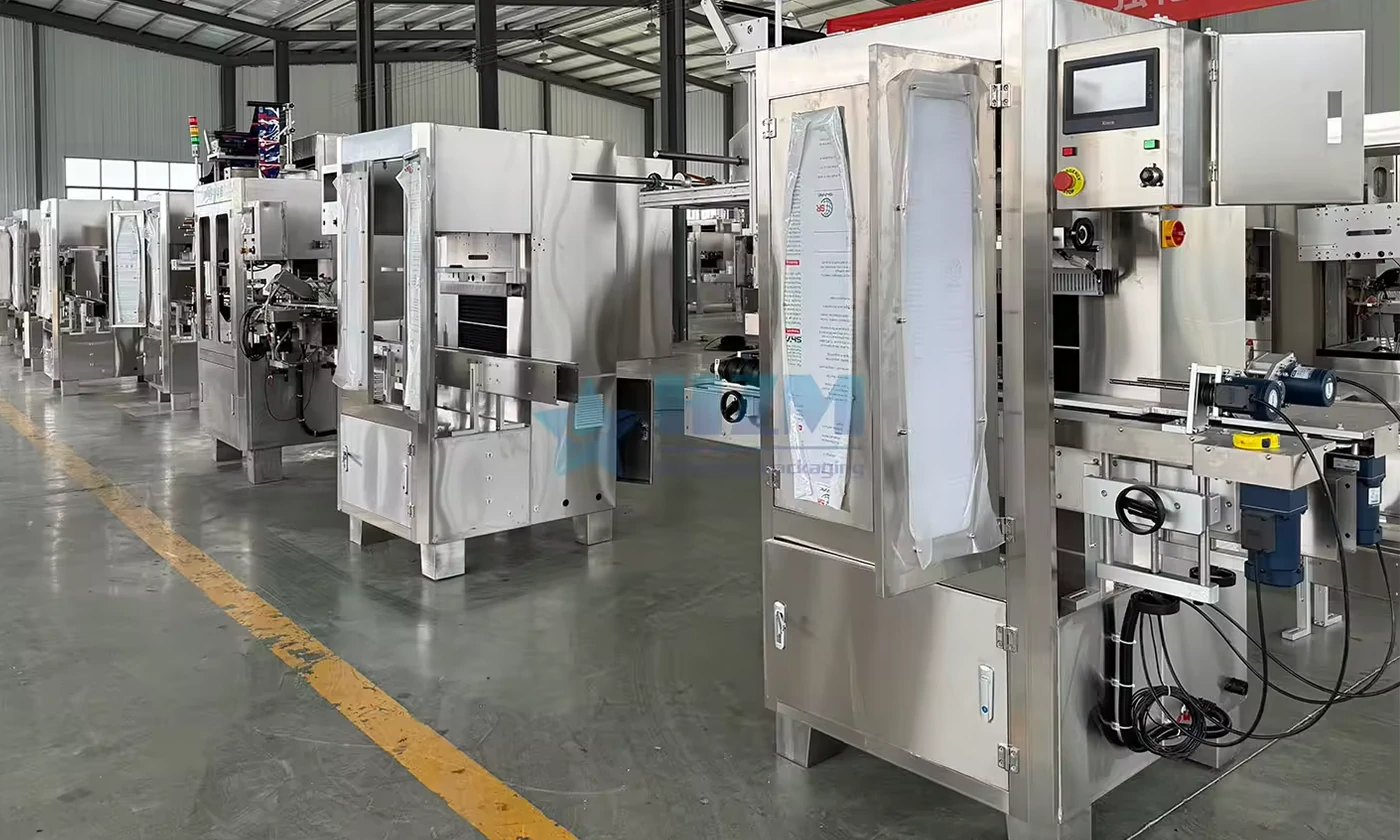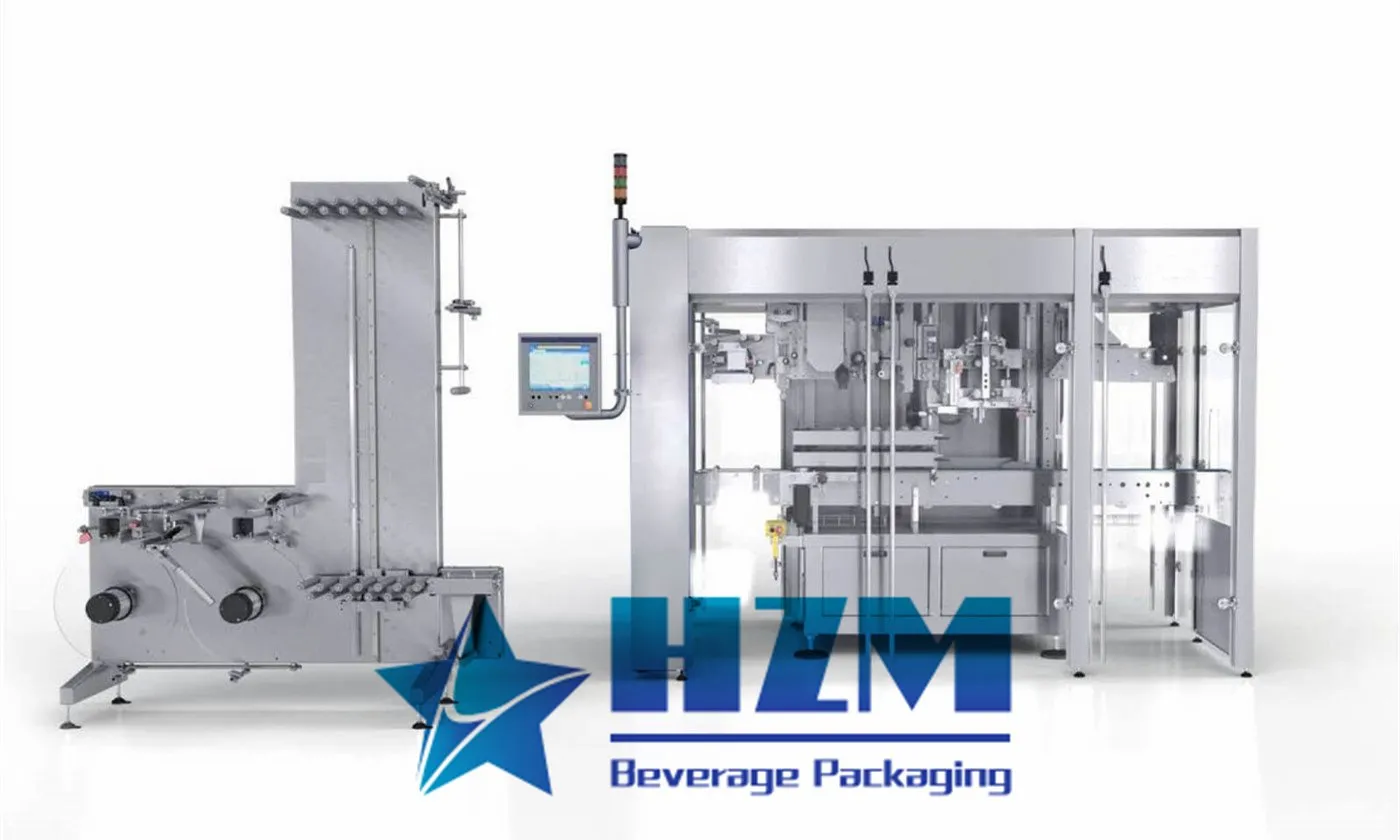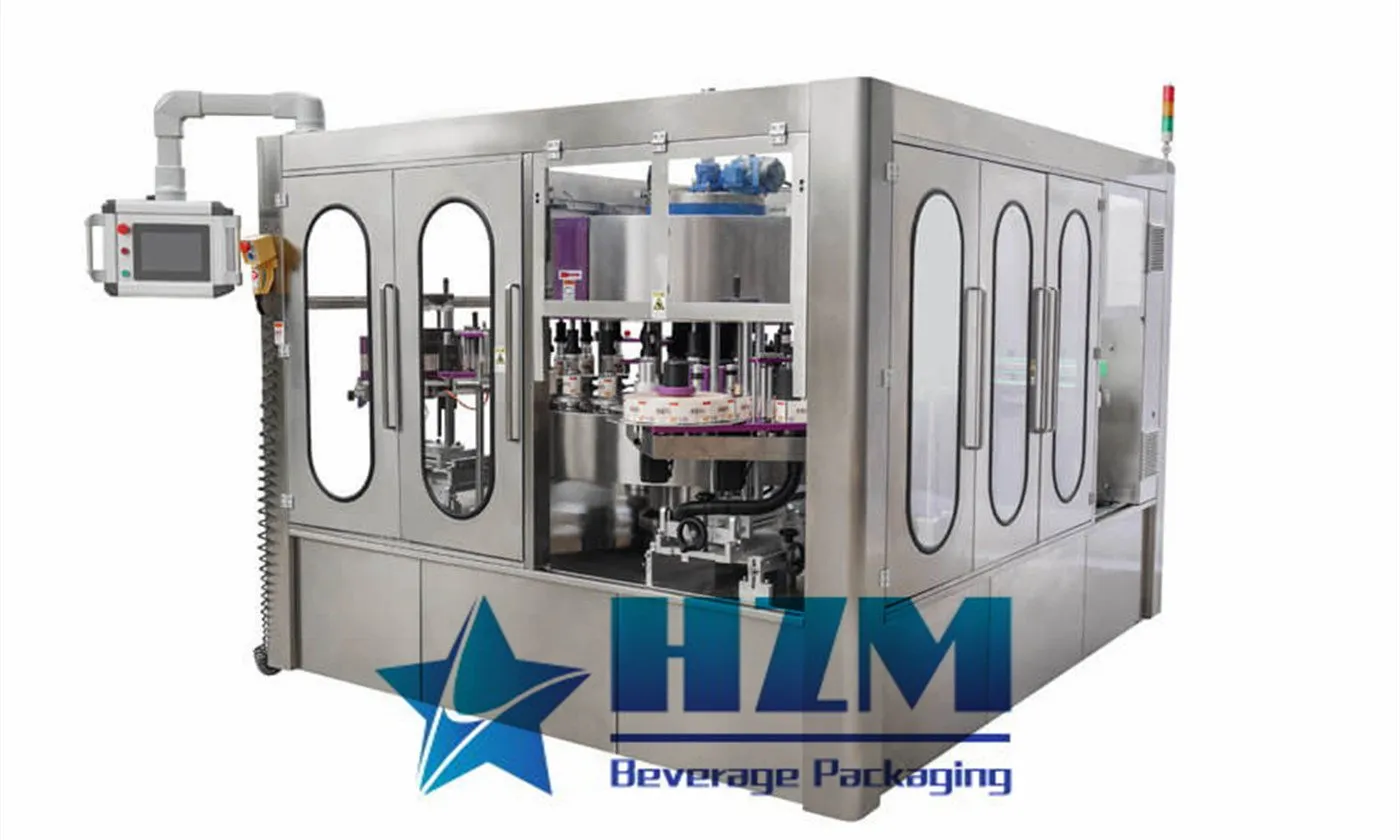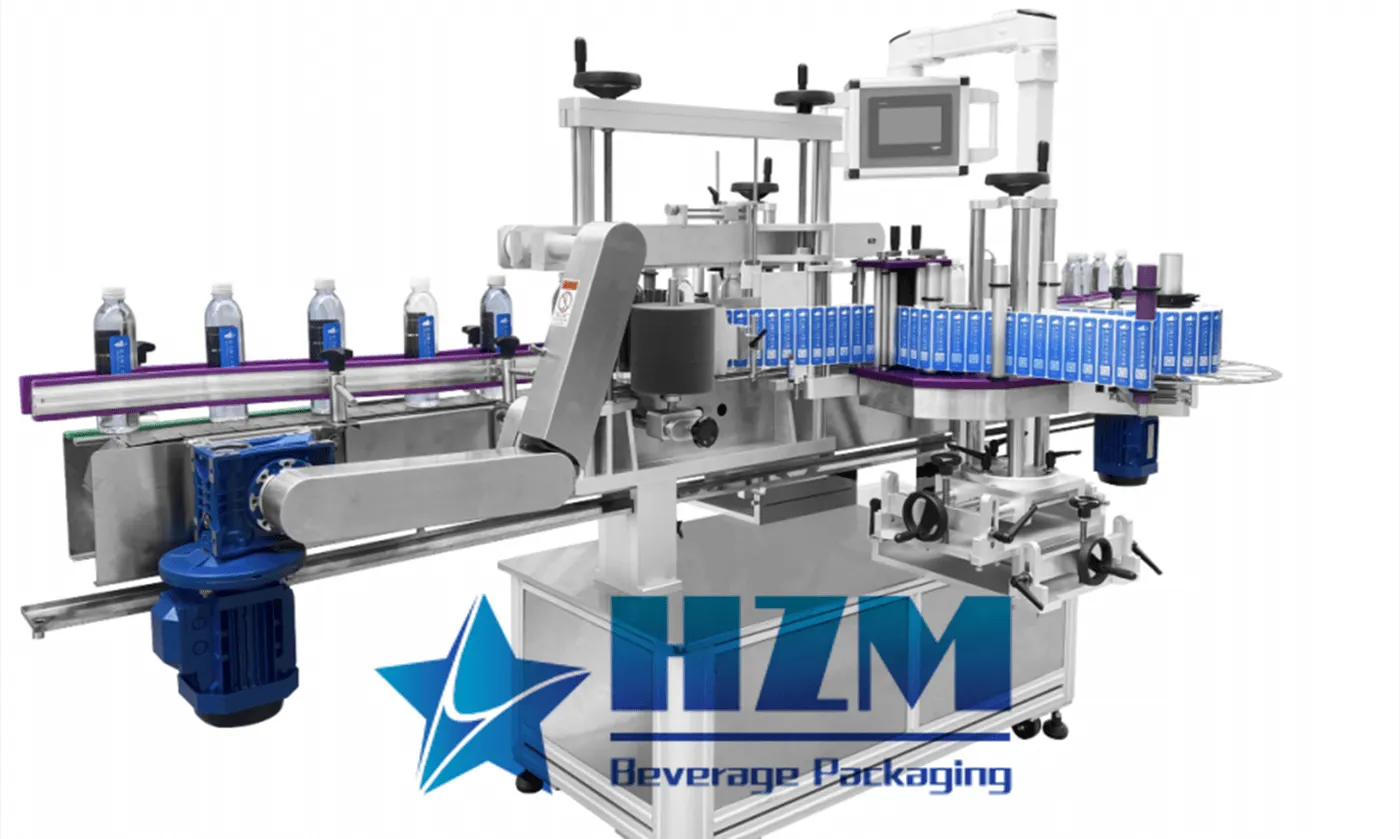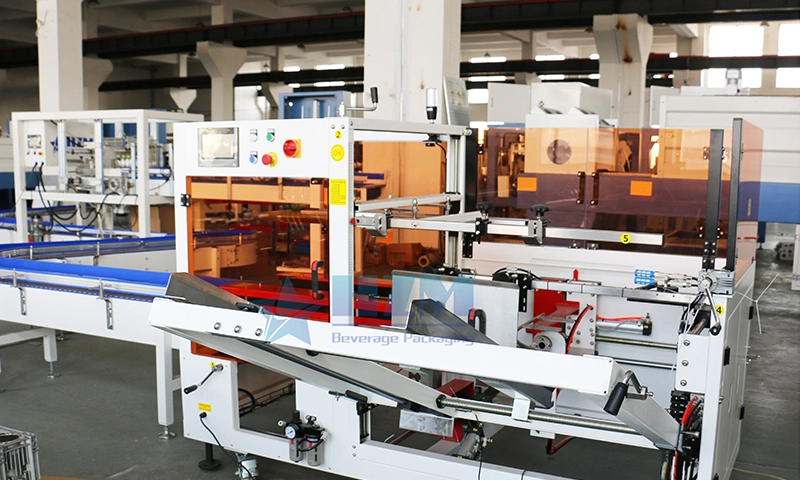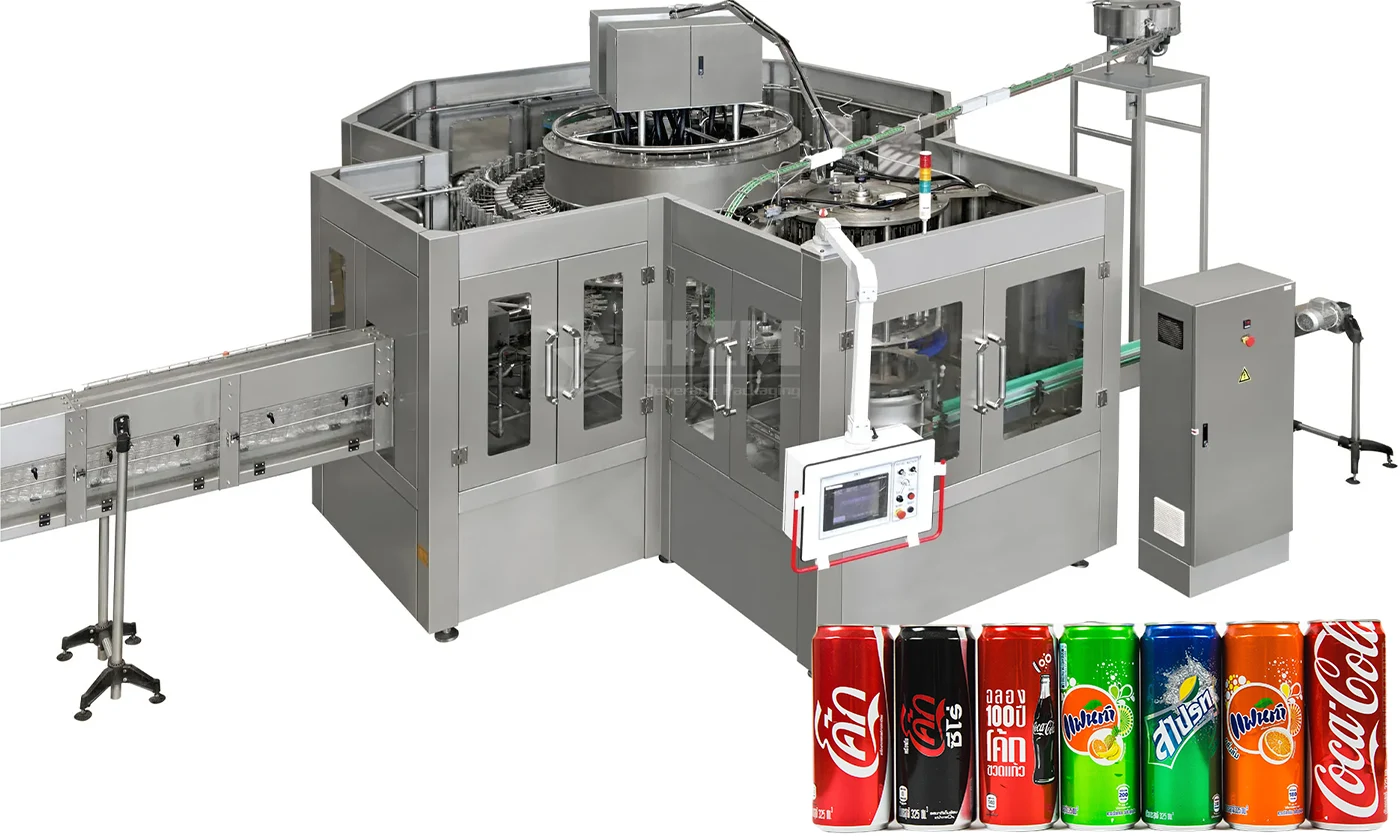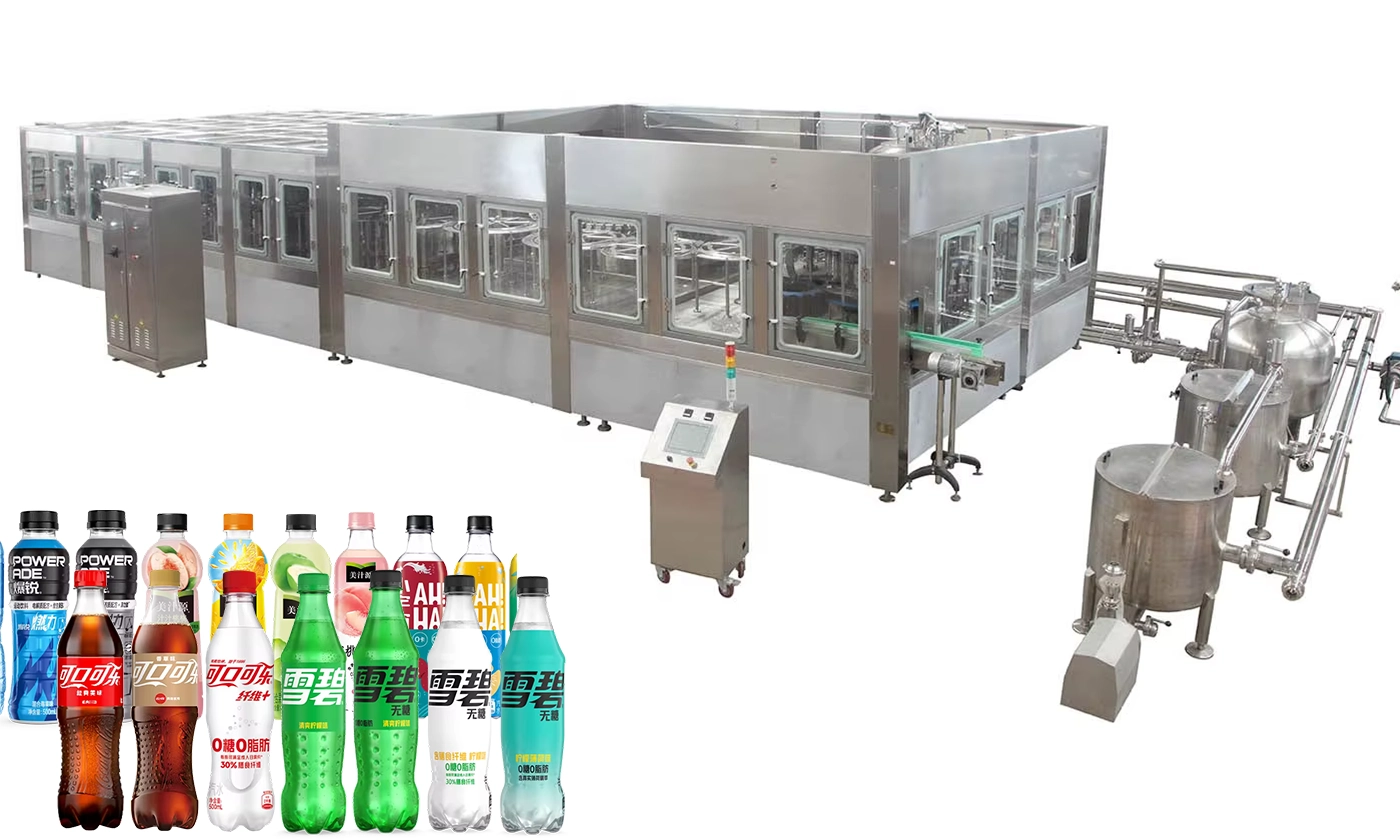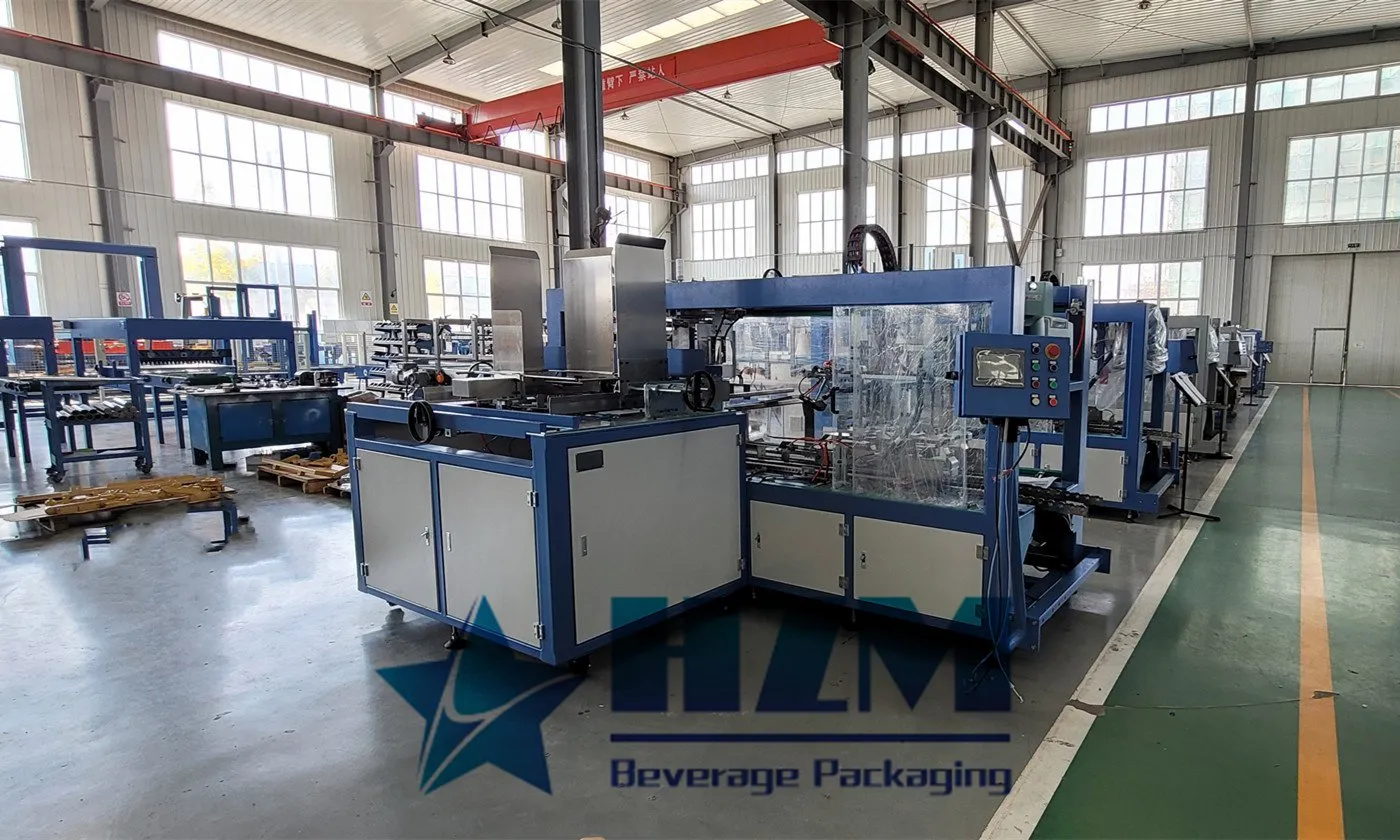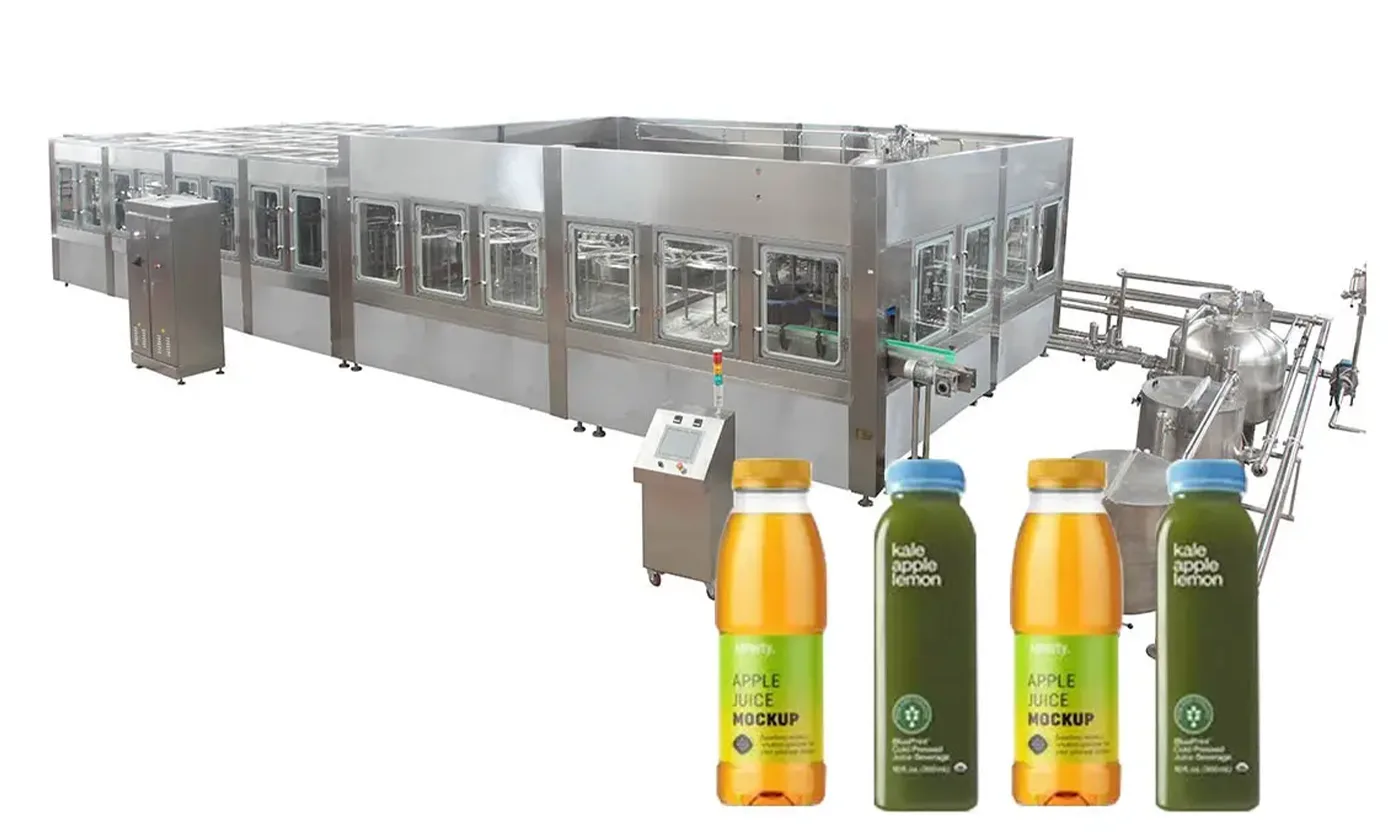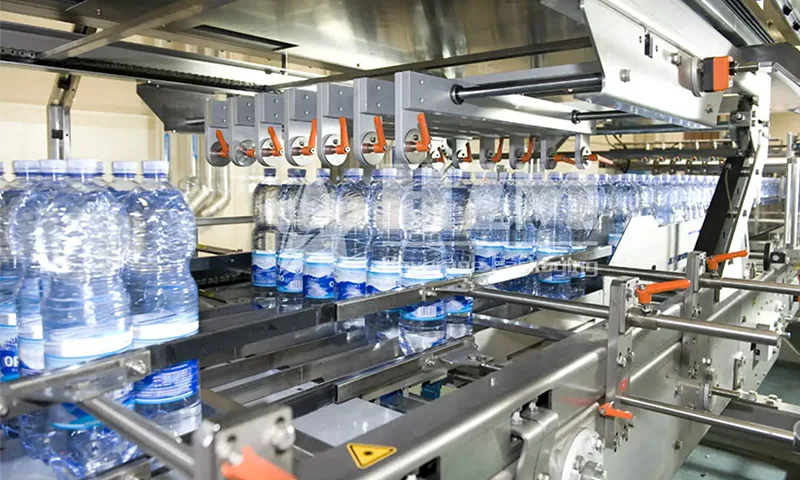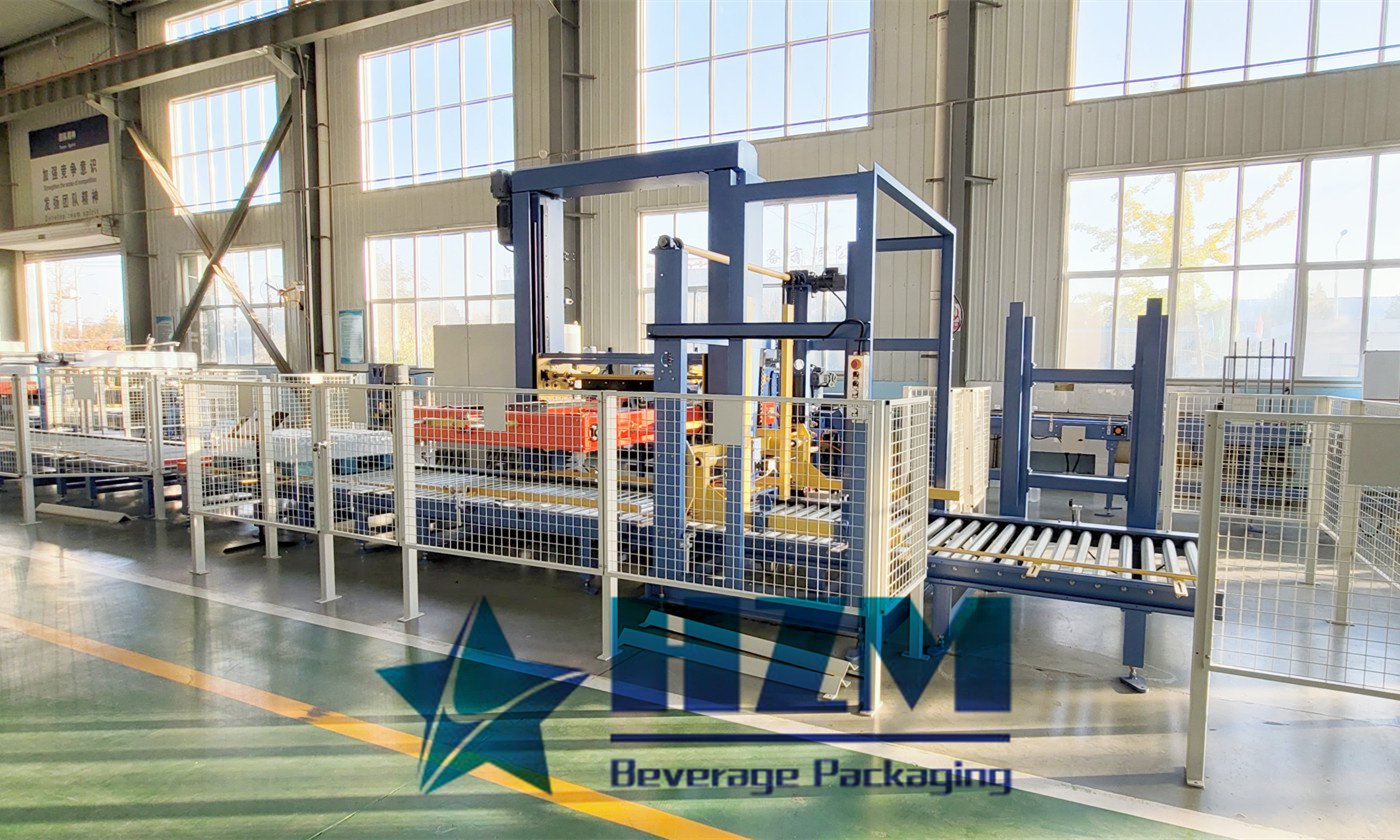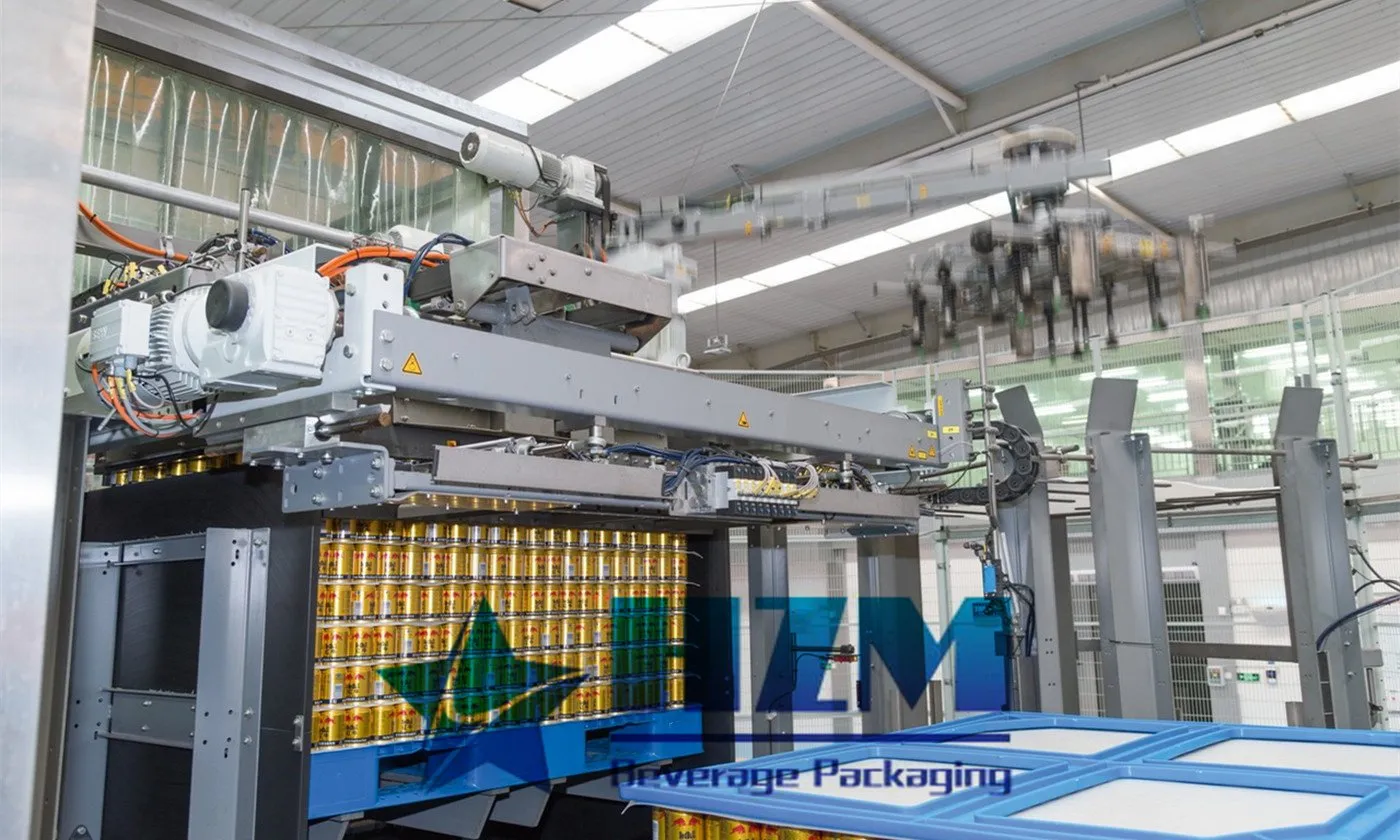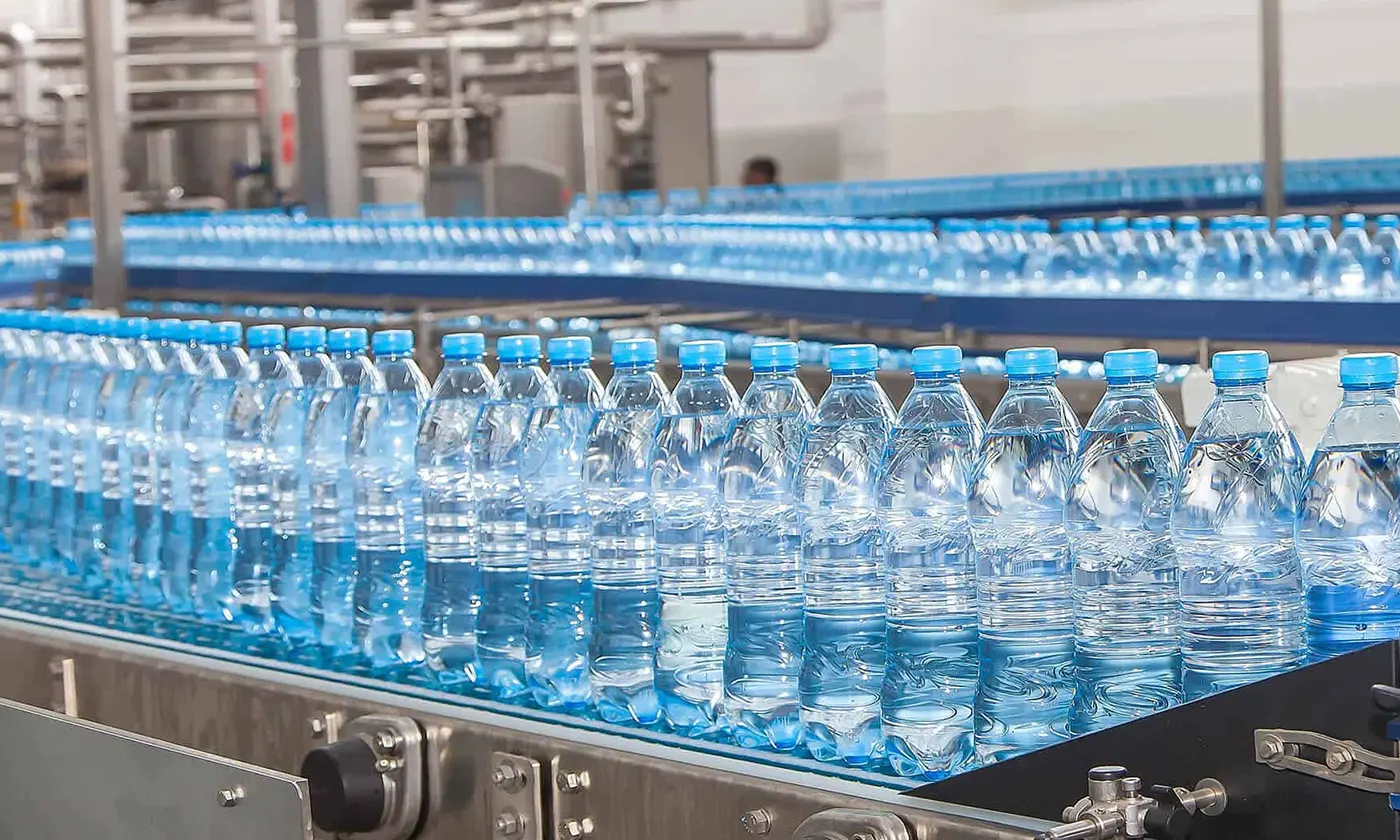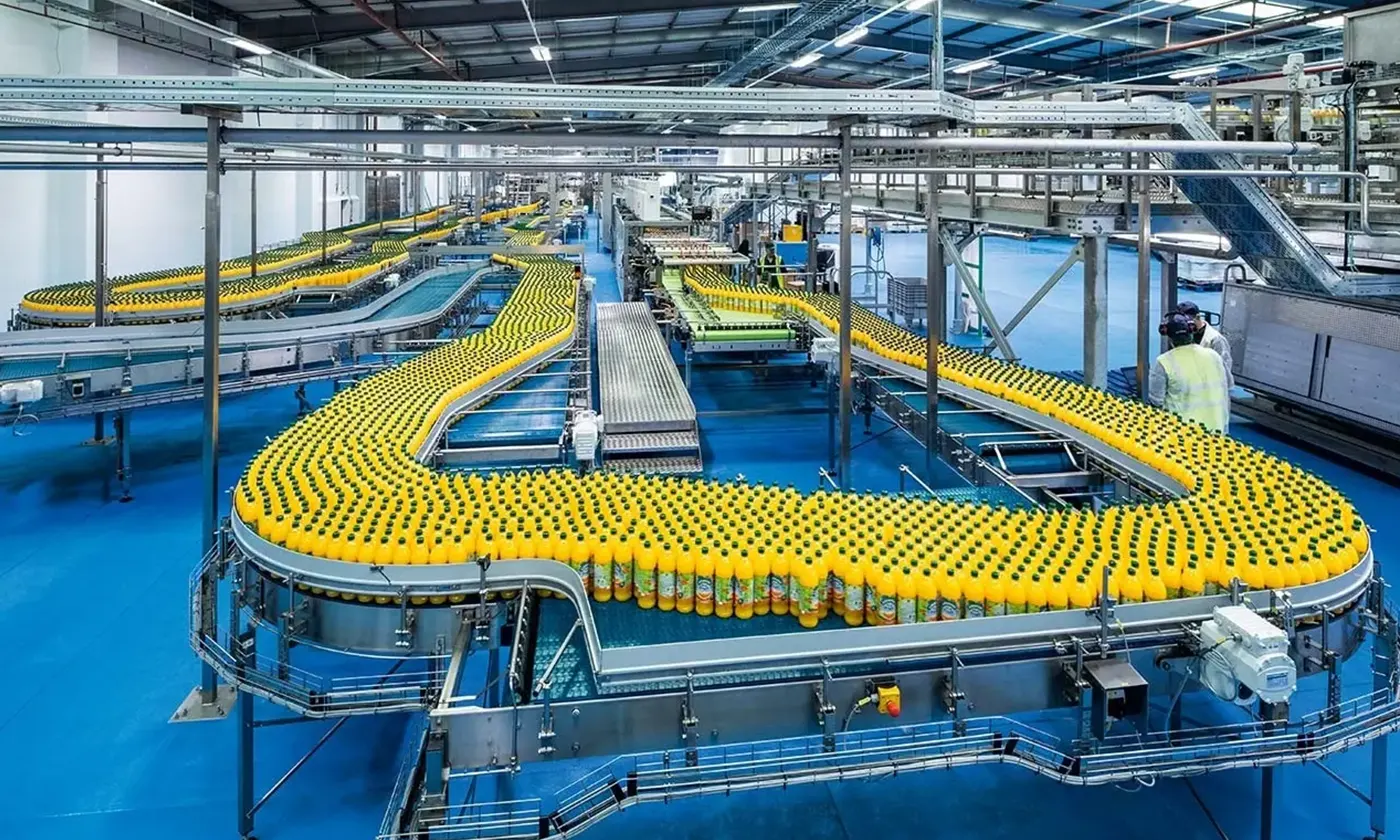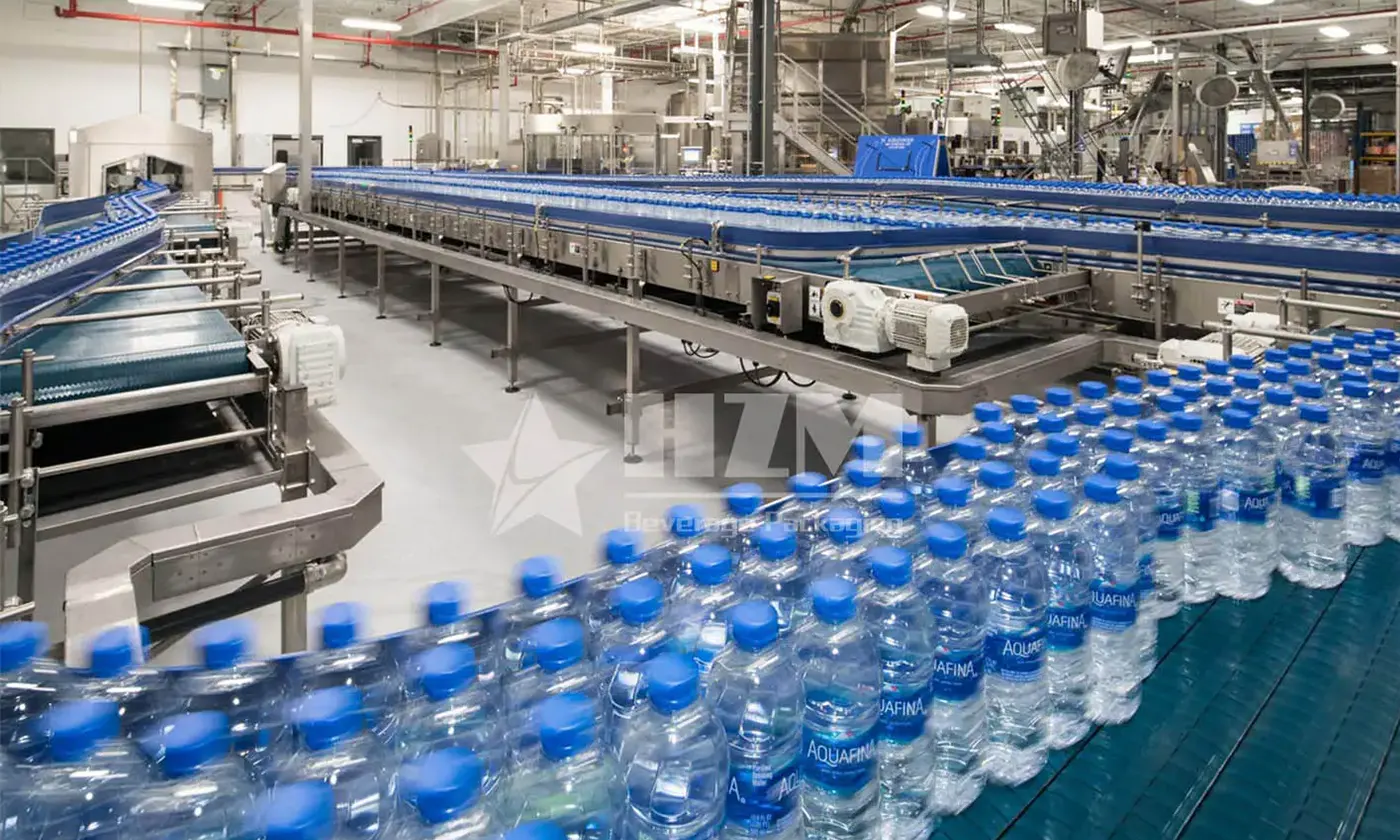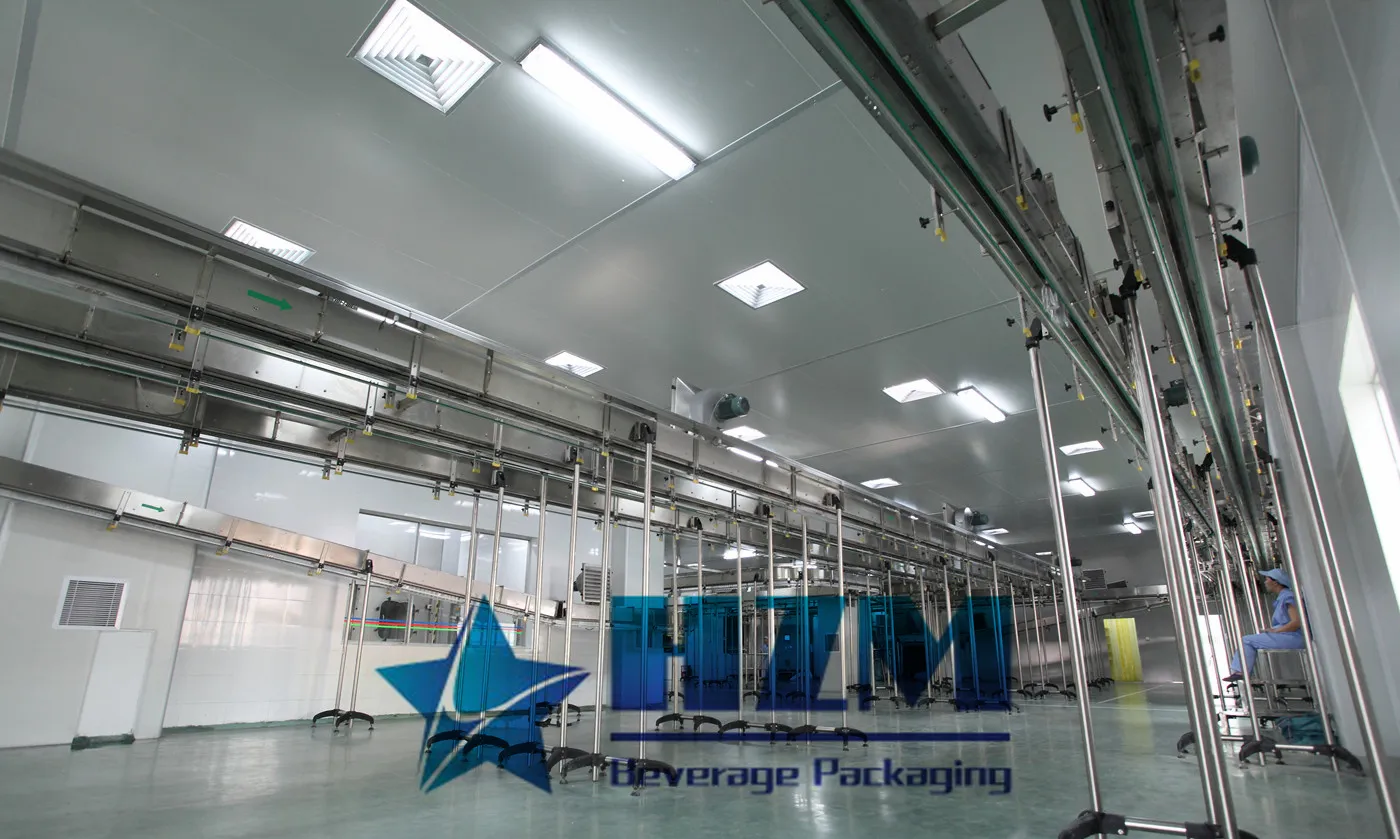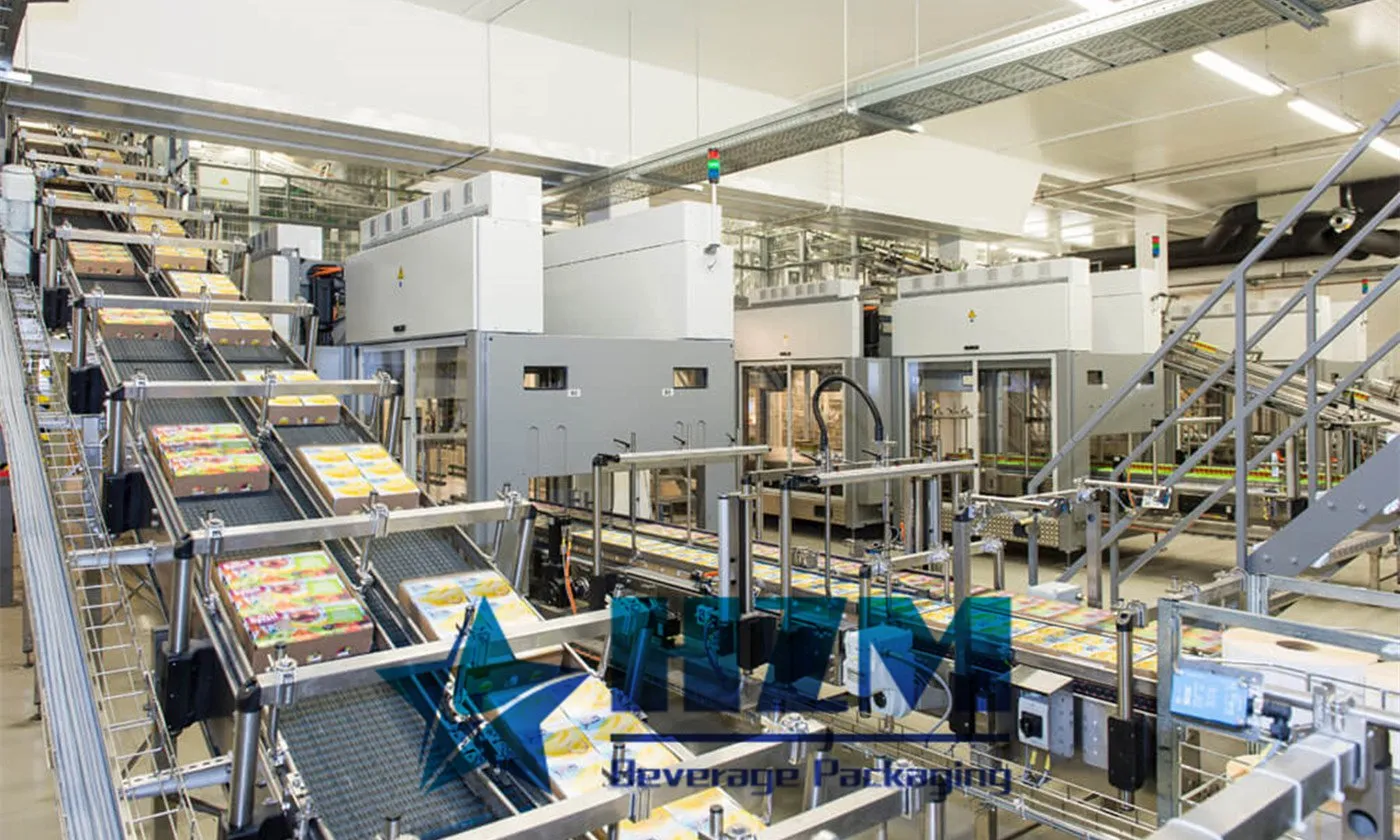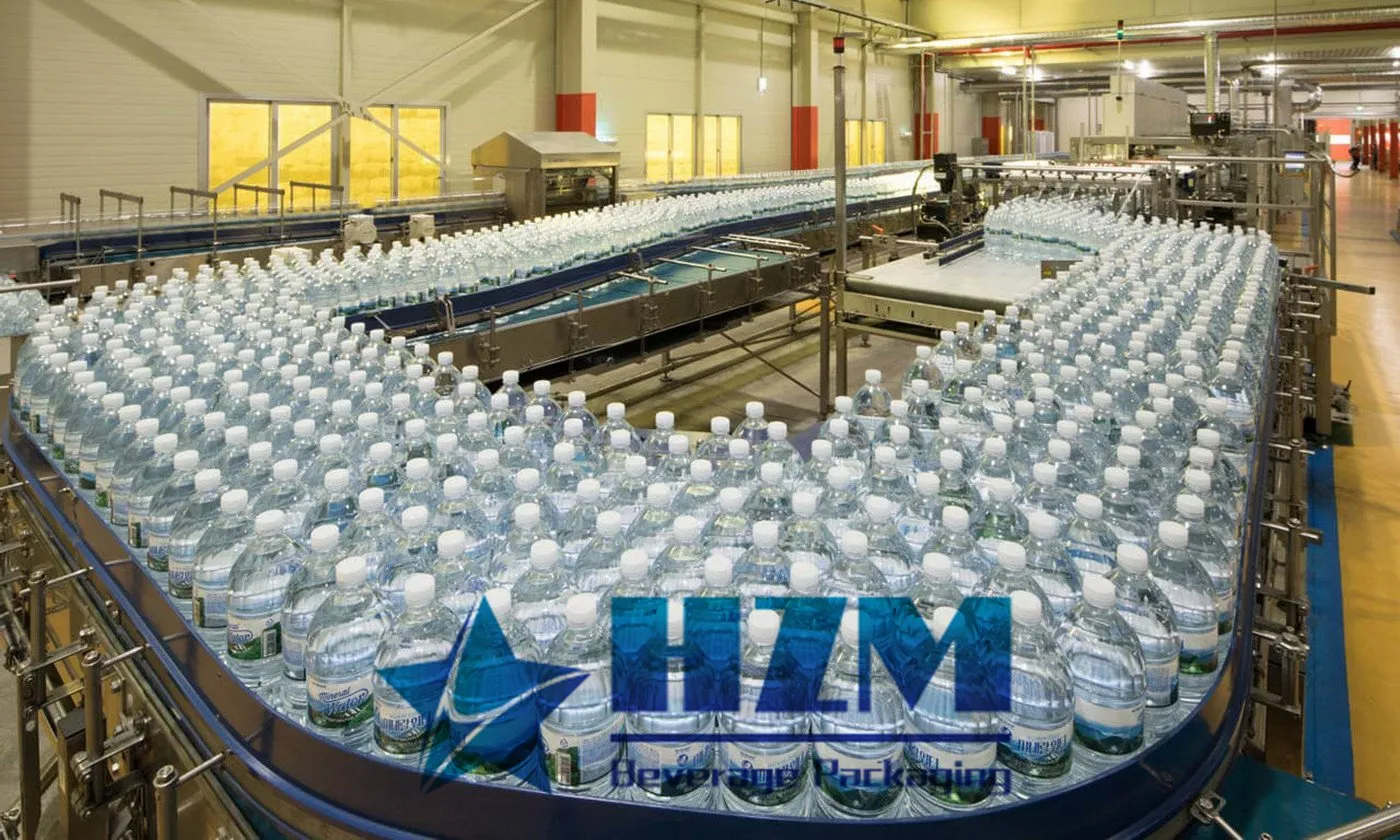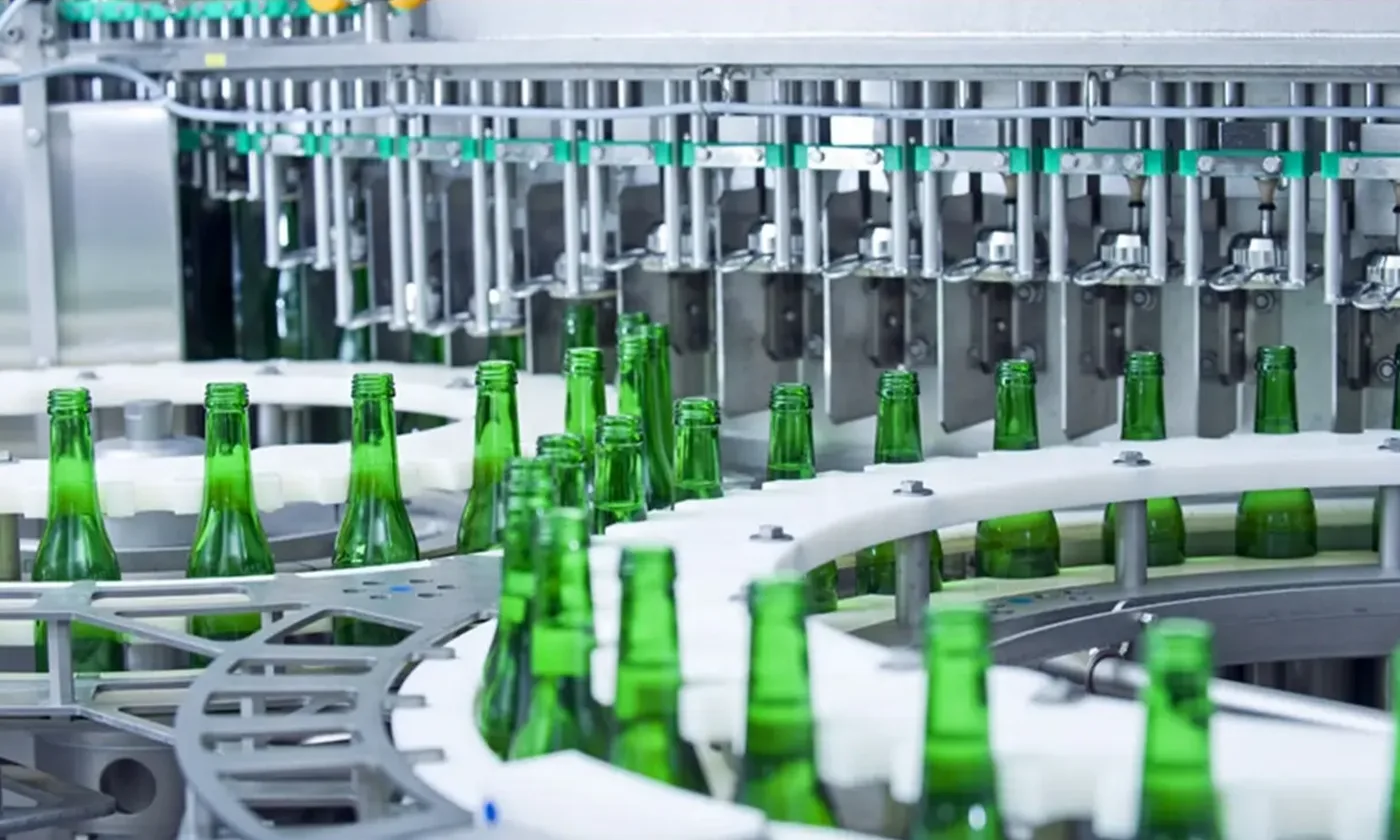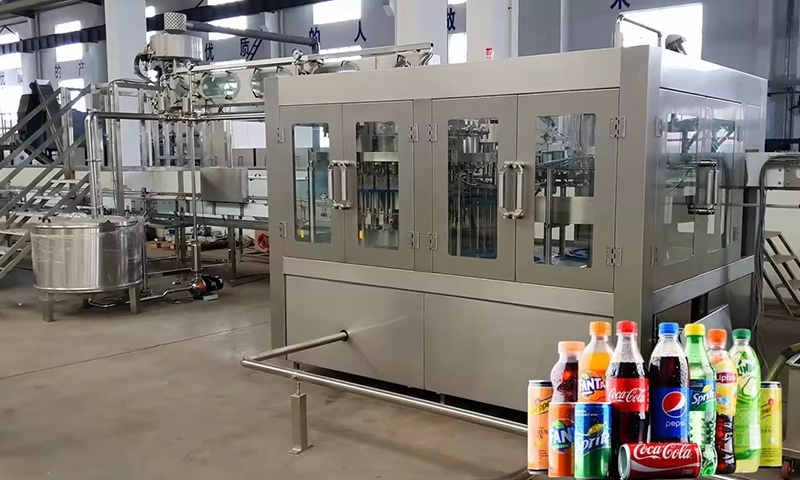
Beverage Filling Machine: Cleaning, Maintenance, and Care

How to Clean a Beverage Filling Machine
A beverage filling machine is used to fill liquid beverages and requires regular cleaning to maintain cleanliness and prevent contamination during the filling process. Regular cleaning is also essential for meeting hygiene and safety standards. The cleaning process for a beverage filling machine typically involves the following steps:
- Loosen the upper and lower fastening screws and disassemble the filling system for overall cleaning and disinfection, or dismantle and clean each part separately.
- Place the liquid intake pipe in the cleaning solution and initiate the machine for cleaning. Brush and disinfect the material tank to ensure that all parts in contact with the material are free from residue and contaminants.
- Ensure that the beverage filling machine remains clean, avoiding any oil stains, medication residues, or glass fragments that could damage the machine. Before shift change, clean all surface areas of the machine, perform a thorough wash weekly, and clean difficult-to-reach areas regularly or blow them clean with compressed air.
Friendly Tip
Before cleaning the beverage filling machine, ensure that all interfaces are closed, especially the power and air supply interfaces. Avoid directly washing with water during cleaning to prevent damage to internal circuits.
How to Maintain and Care for a Liquid Filling Machine
A liquid filling machine is a precision mechanical device that requires proper maintenance and care during regular usage. Pay attention to the following points for maintaining a liquid filling machine:
- Keep the pipelines of the liquid filling machine clean: All pipelines, especially those in direct or indirect contact with the material, must be kept clean. Regular brushing, cleaning, and disinfection are necessary to ensure a clean filling machine.
- Ensure the biological stability and sterilization of bottled liquids during production: Control the sterilization time and temperature to ensure effectiveness. Avoid excessively long sterilization time or high temperatures to reduce liquid oxidation. After sterilization, cool the liquid as quickly as possible to prevent the temperature from exceeding 35°C.
- Low-temperature filling: Low-temperature filling is a fundamental requirement for liquid filling. In general, liquids do not produce foam in low-temperature environments, making the filling process more efficient.
- Control the filling temperature: Before each operation, lower the filling machine trough and conveyance pipeline temperature to 0-1°C. When the filling temperature exceeds 4°C, lower it before proceeding with the filling operation. Use a thermostatic filling method to maintain a consistent temperature during the designated filling time, ensuring stable machine operation despite temperature variations.
- Isolate the filling equipment from other devices: Particularly, the lubrication parts of the liquid filling machine should be separated from the material filling parts to prevent cross-contamination. Use dedicated soapy water or lubricants for conveyor belt lubrication.
TAG: Beverage Filling Machine Beverage Filling Machines
-
![Core Selling Points of Glass Bottle CSD Filling & Capping Line]()
Core Selling Points of Glass Bottle CSD Filling & Capping Line
-
![Customizable beverage filling system]()
Customizable beverage filling system
-
![Differences Between Hot Filling and Cold Filling in Beverage Filling Machines]()
Differences Between Hot Filling and Cold Filling in Beverage Filling Machines
-
![Selecting a Dedicated RO Reverse Osmosis Water Treatment System for a Purified Water Beverage Production Line]()
Selecting a Dedicated RO Reverse Osmosis Water Treatment System for a Purified Water Beverage Production Line
-
![How Fast Is the Labeling Speed of Tea Beverage Packaging Machines?]()
How Fast Is the Labeling Speed of Tea Beverage Packaging Machines?


